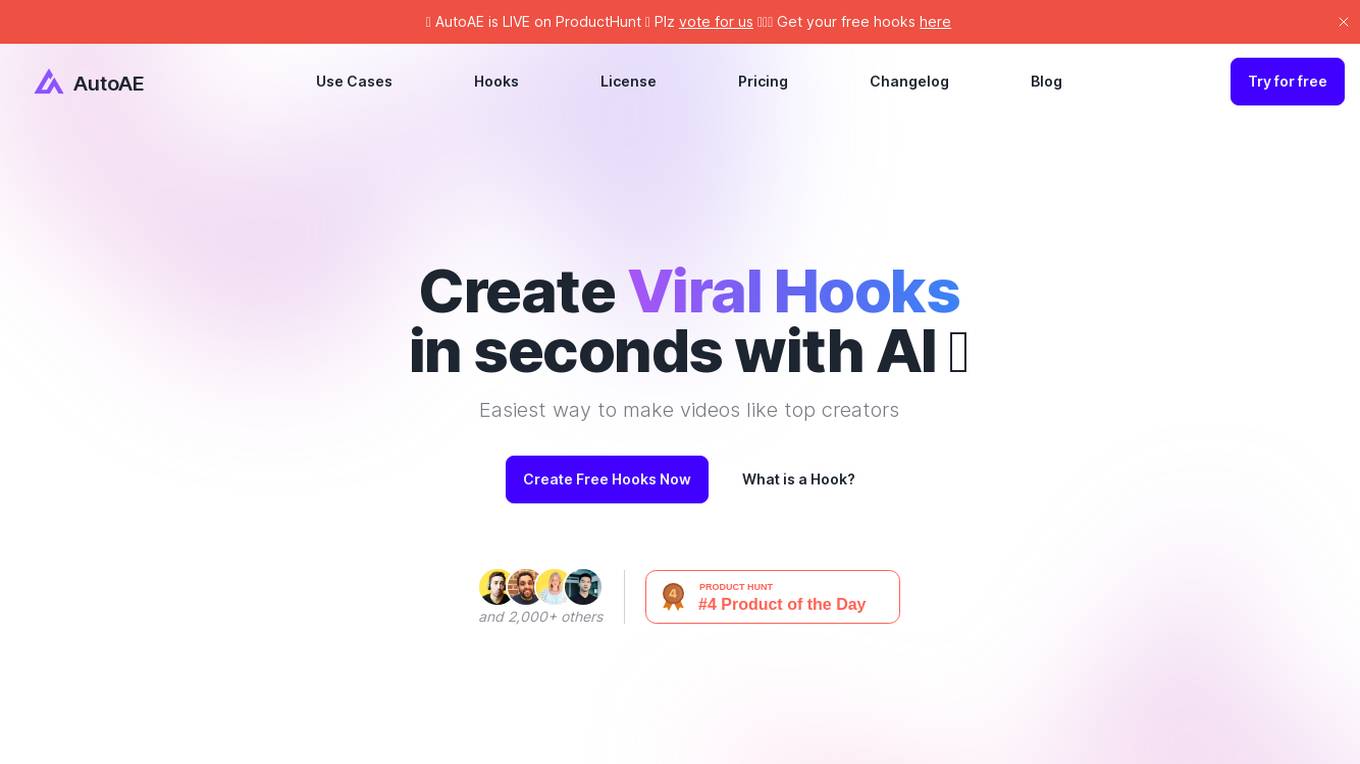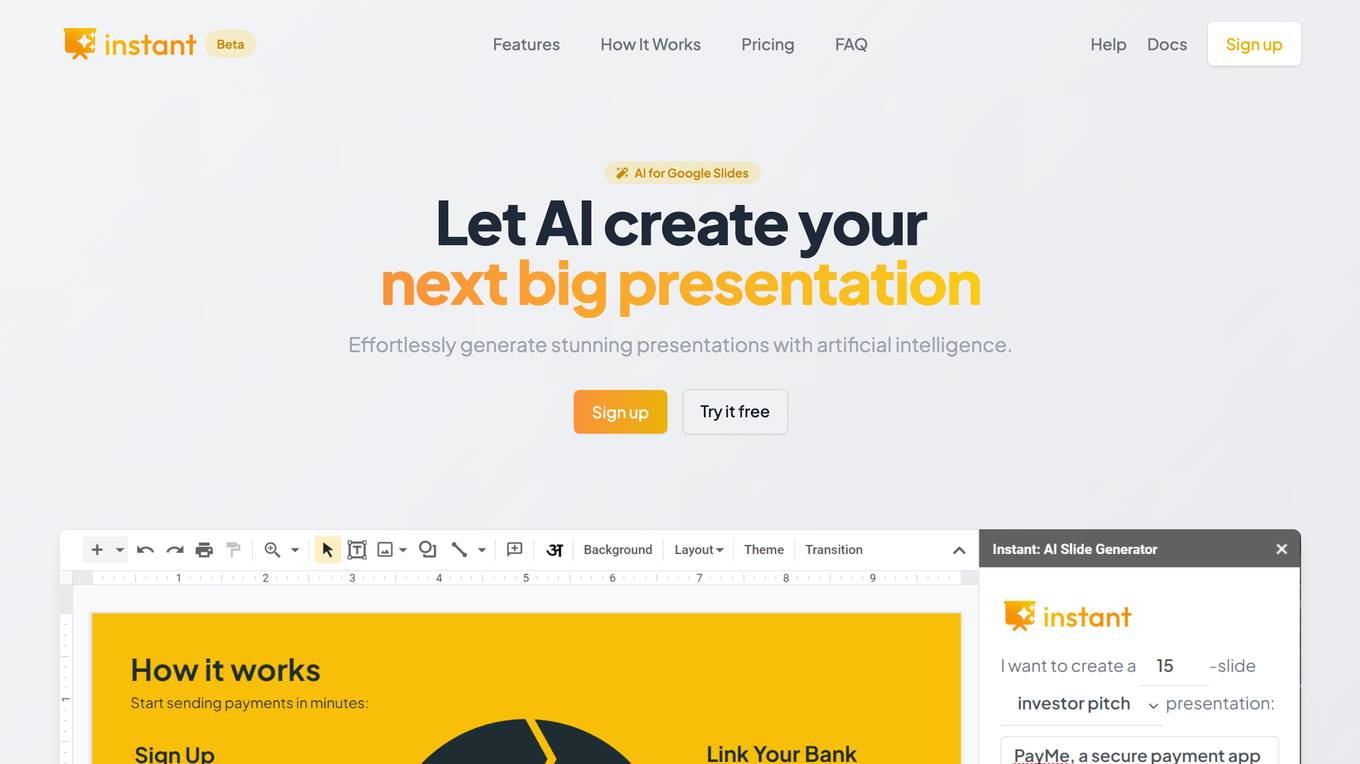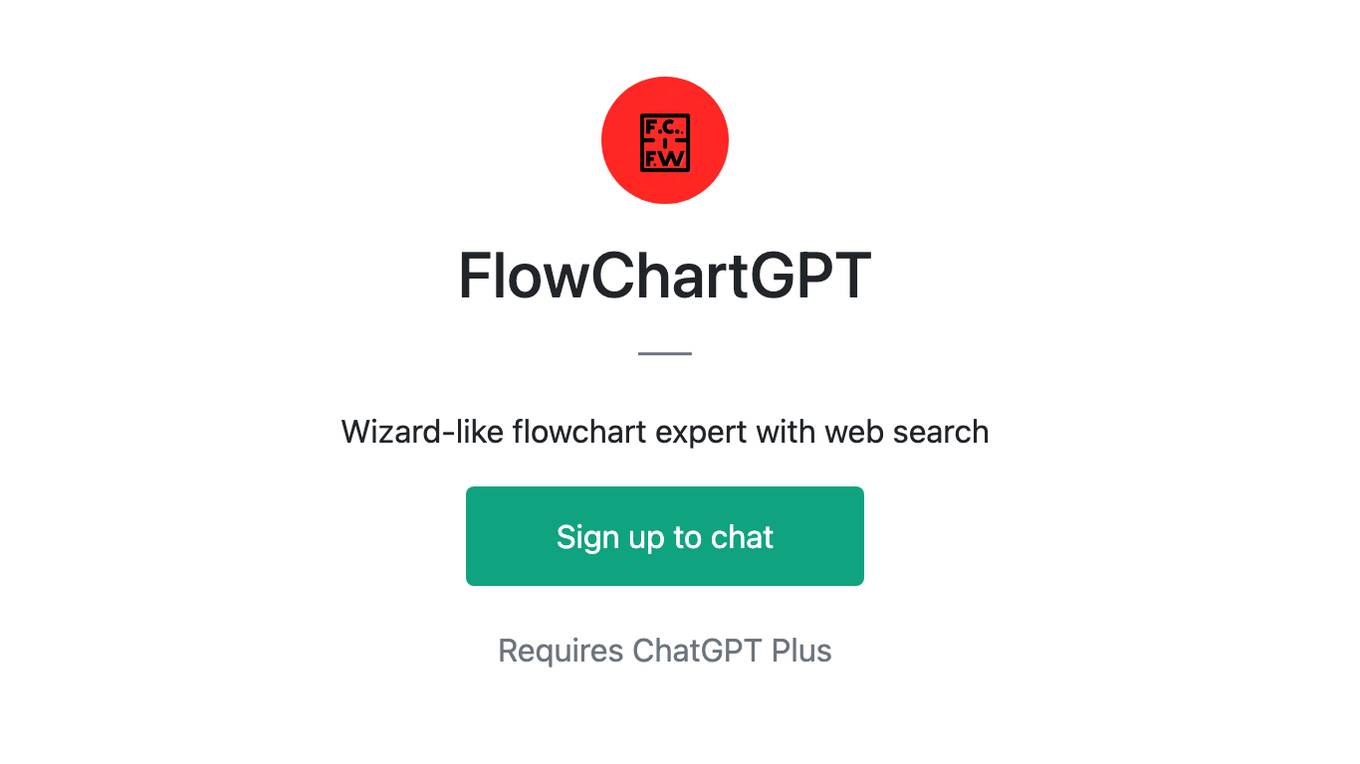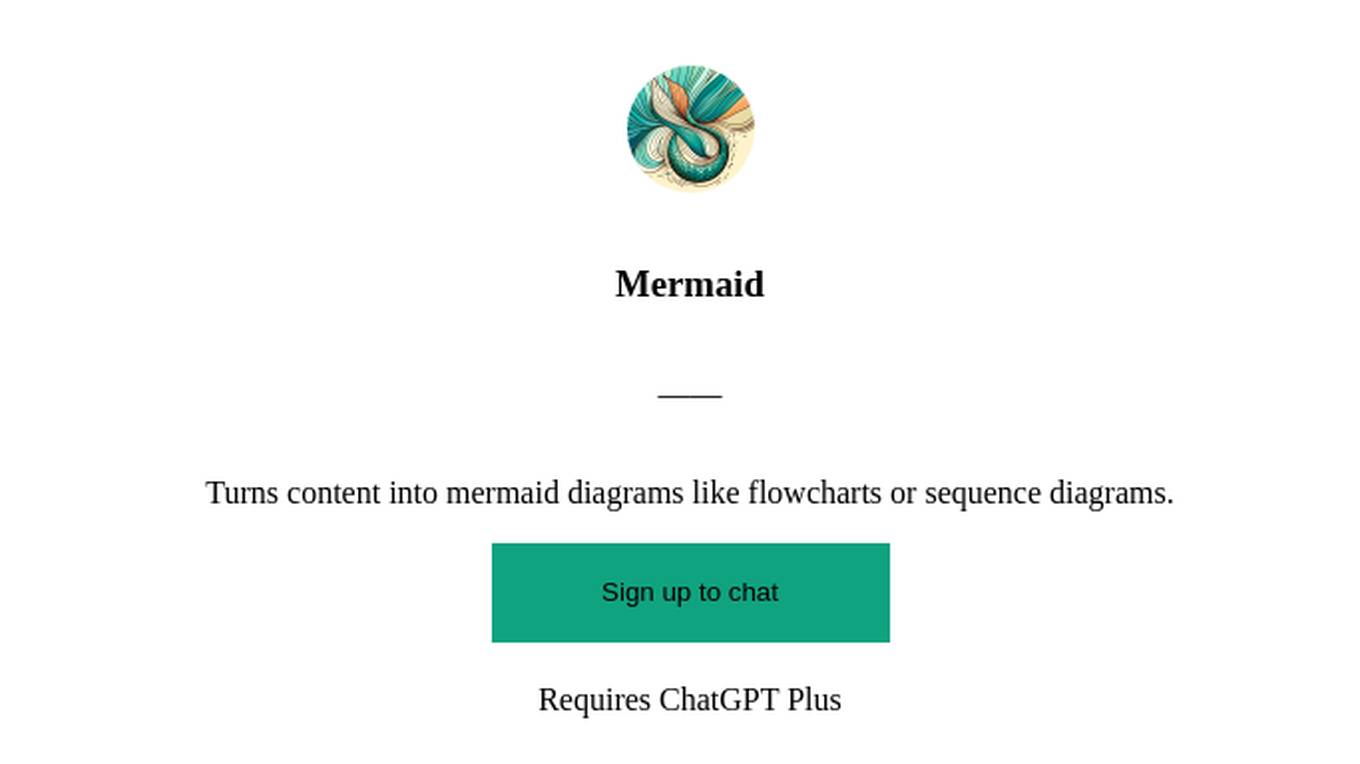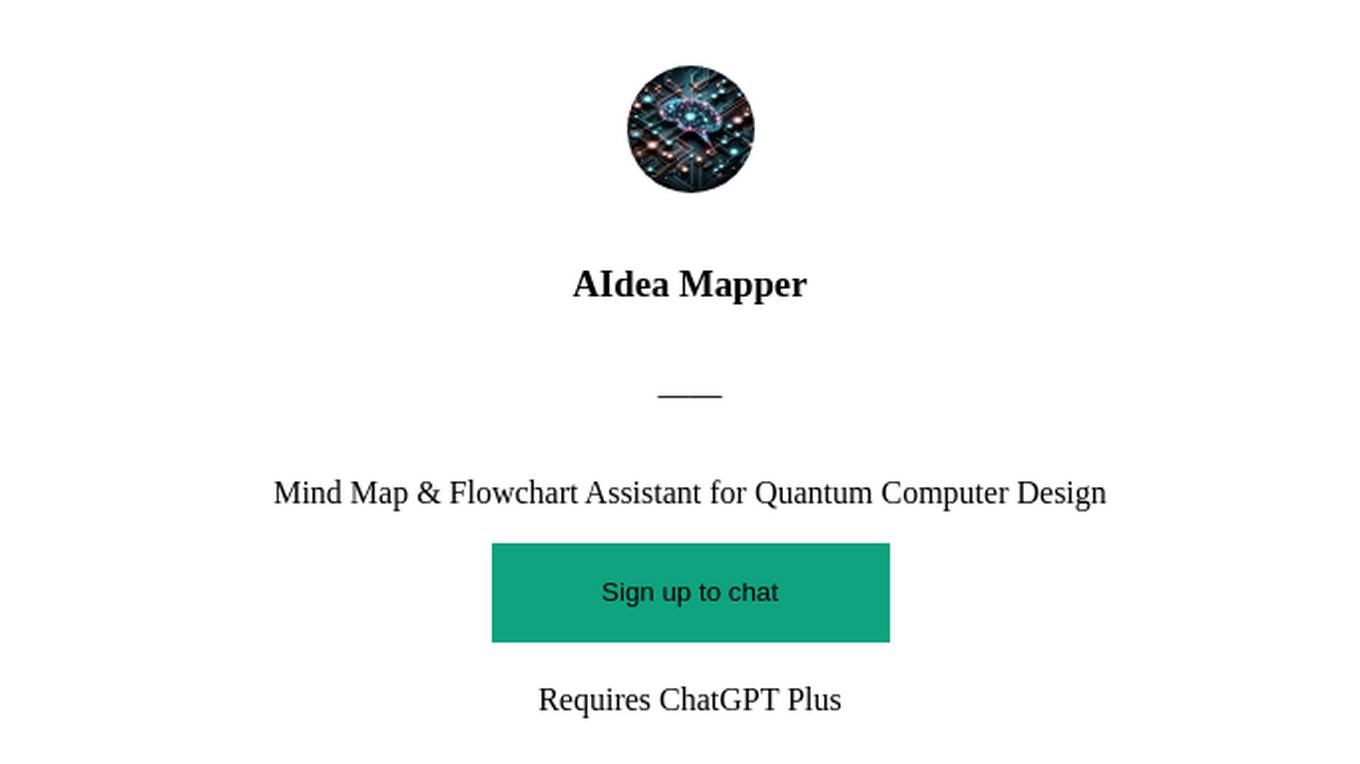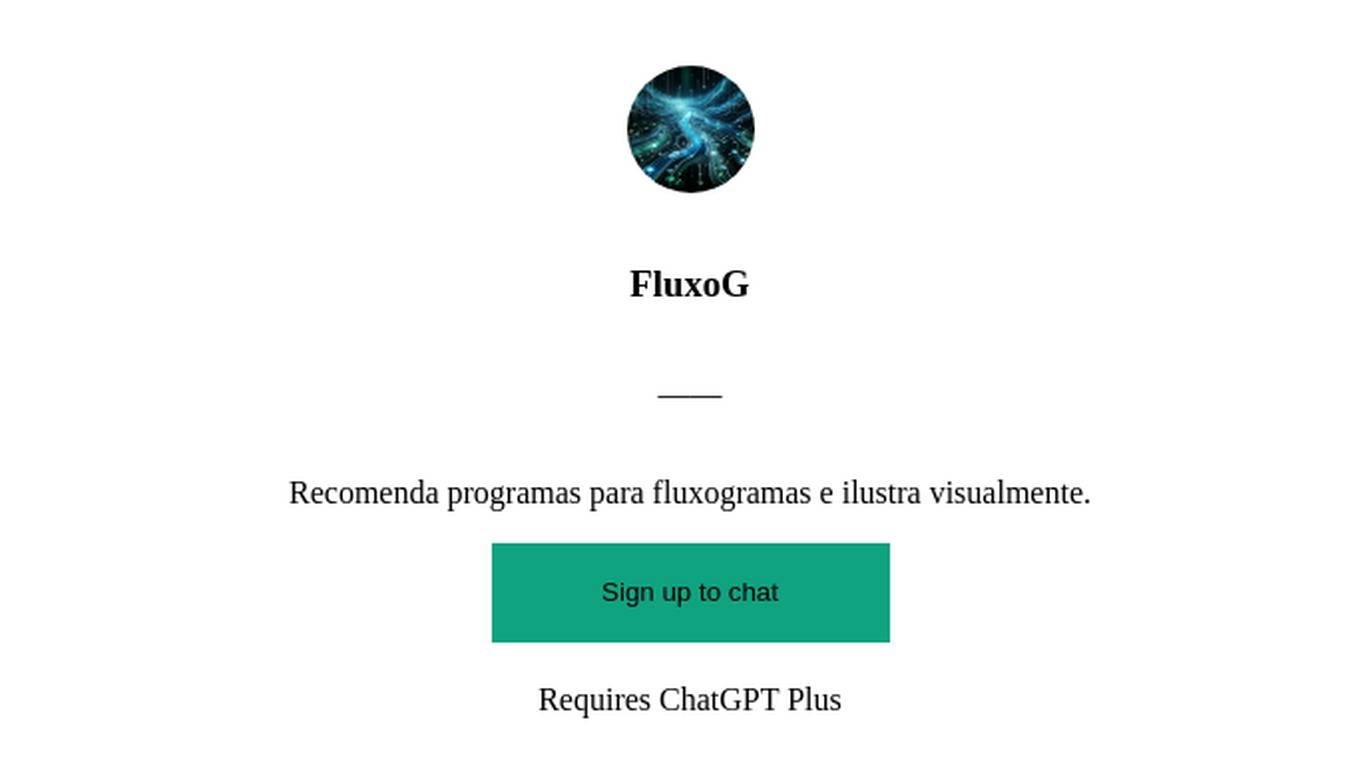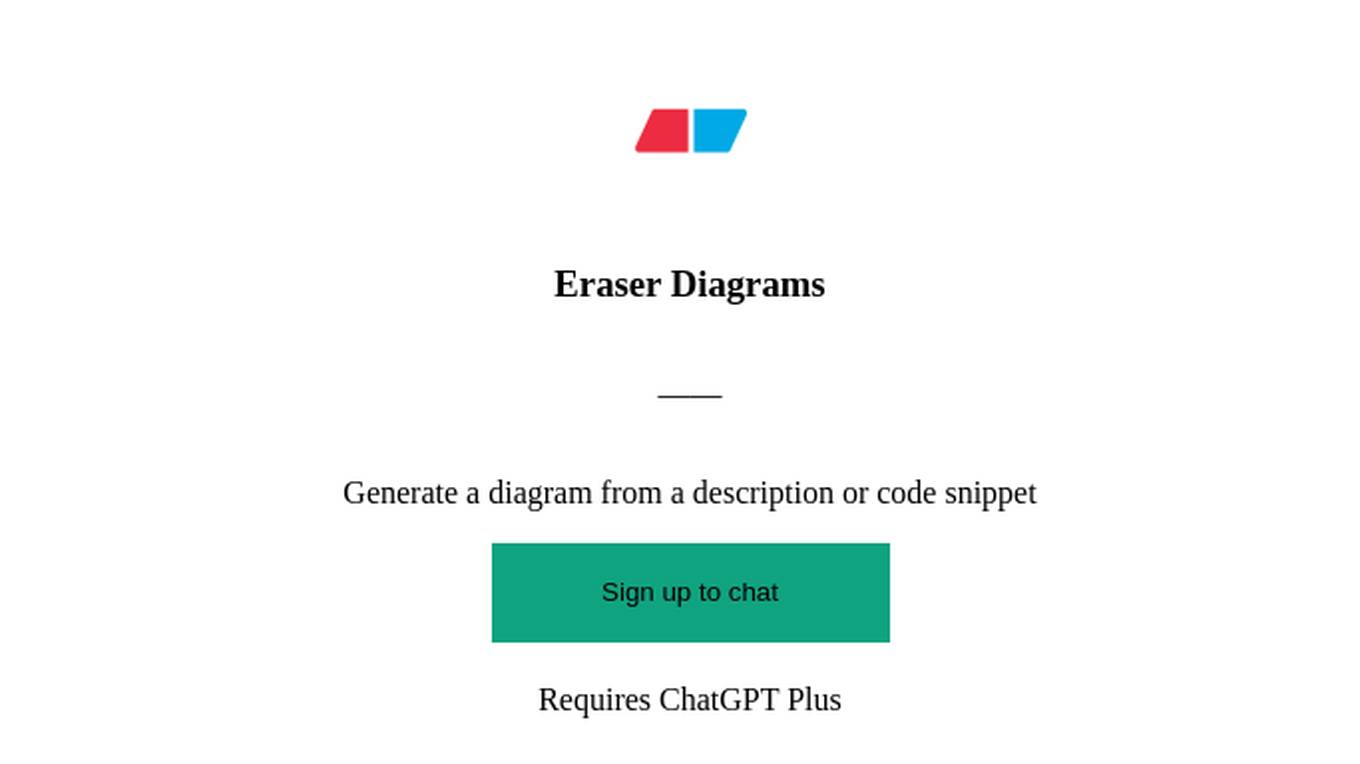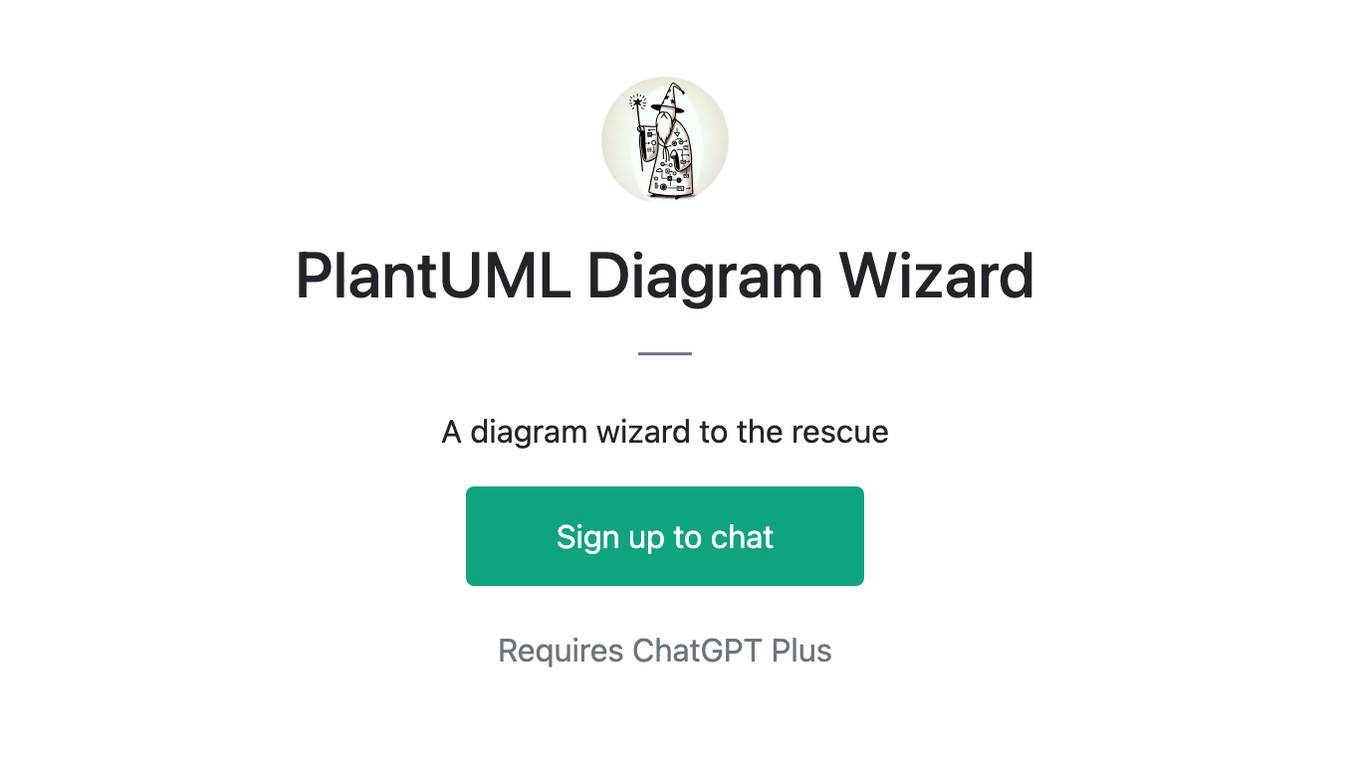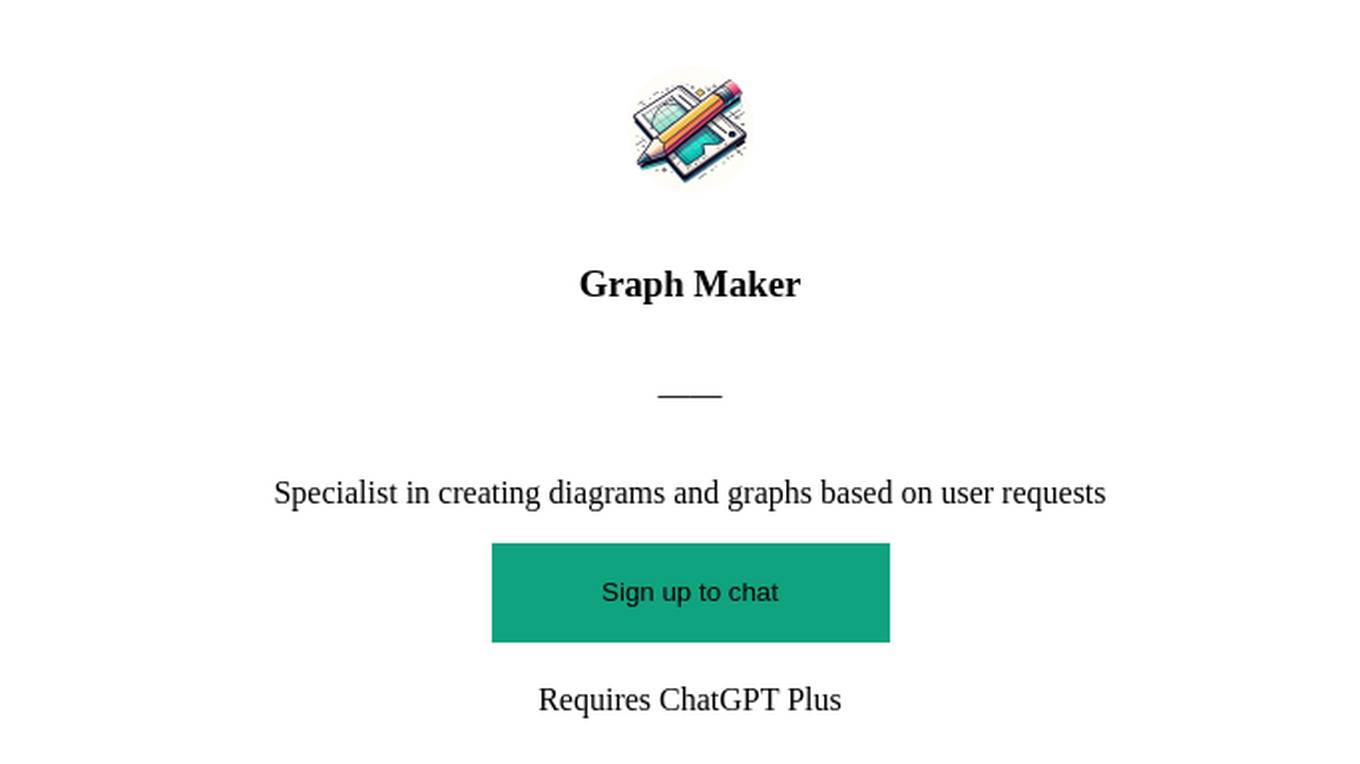AI tools for flowchart
Related Tools:
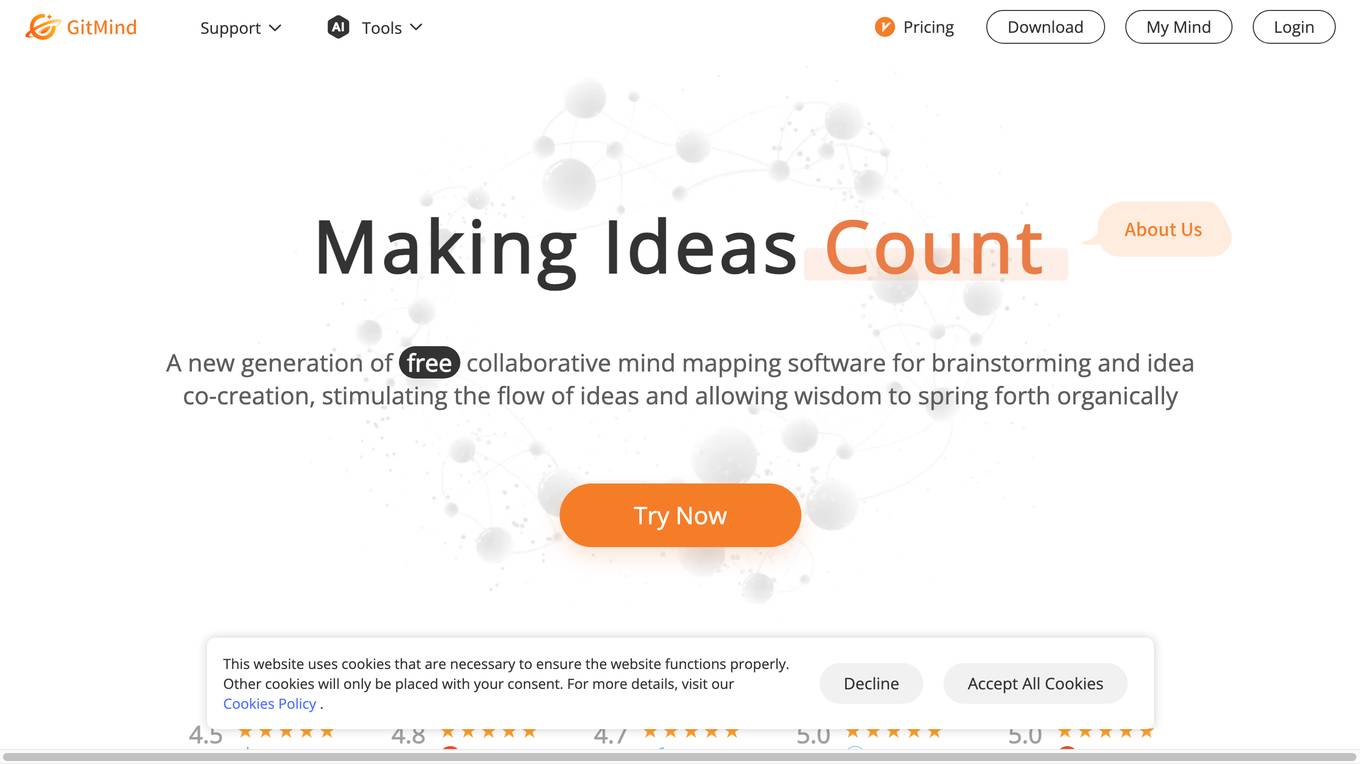
GitMind
GitMind is an AI-powered free collaborative mind mapping software designed for brainstorming and idea co-creation. It stimulates the flow of ideas, allowing users to create mind maps, flowcharts, organizational charts, UML diagrams, and swimlanes. The platform focuses on enhancing creativity, promoting the evolution of individual and organizational consciousness, and making ideas more valuable. GitMind aims to empower users to create their own metaverse of ideas by connecting, flowing, and co-creating valuable ideas.
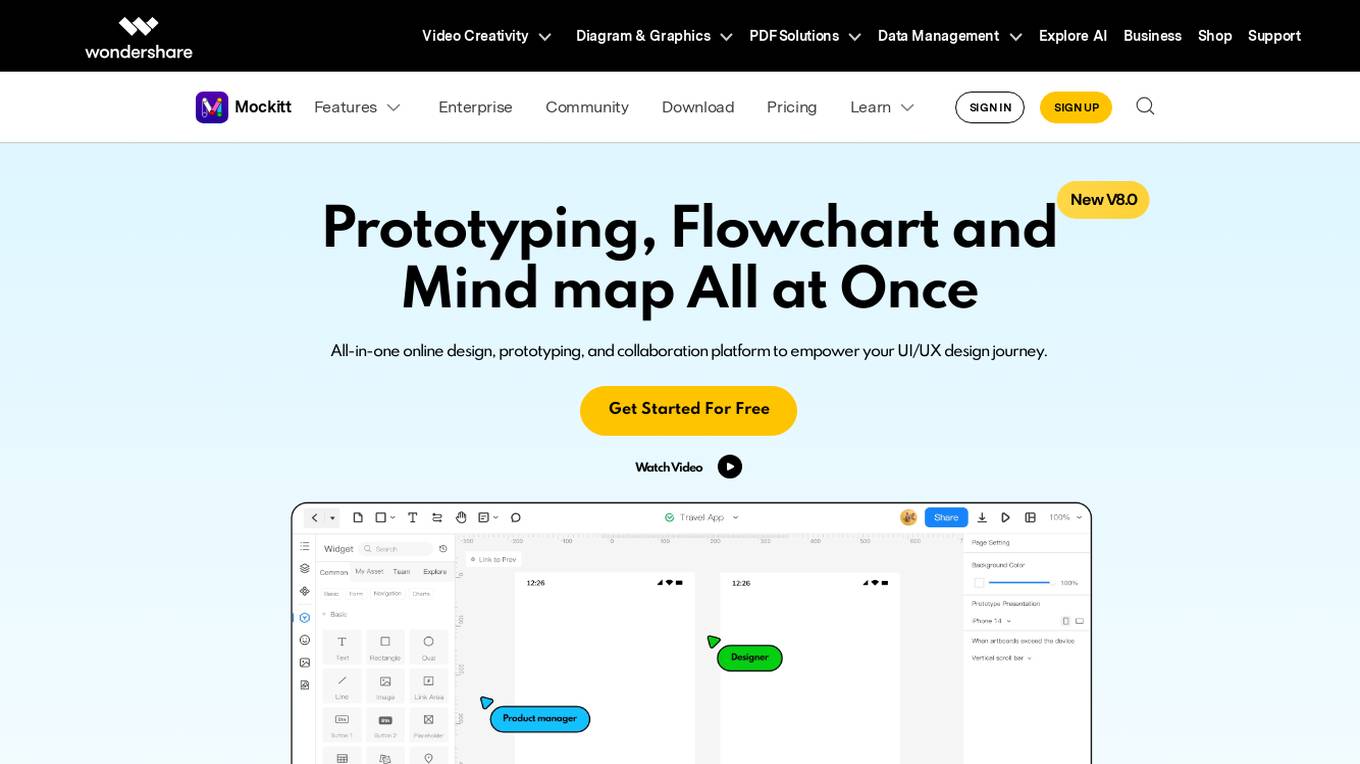
Mockitt
Mockitt is an all-in-one online design, prototyping, and collaboration platform that empowers UI/UX designers to create interactive and animated prototypes, flowcharts, and mind maps. With its AI-powered features, such as AI Prototype Generator, AI Component Generator, and Magic Fill, Mockitt helps designers significantly elevate their efficiency and unlock new possibilities. Mockitt also offers a wide range of built-in templates, components, and resources, making it easy for anyone to bring their ideas to life. Additionally, Mockitt's real-time collaboration features enable designers to share, edit, and comment on projects simultaneously, ensuring everyone is on the same page.
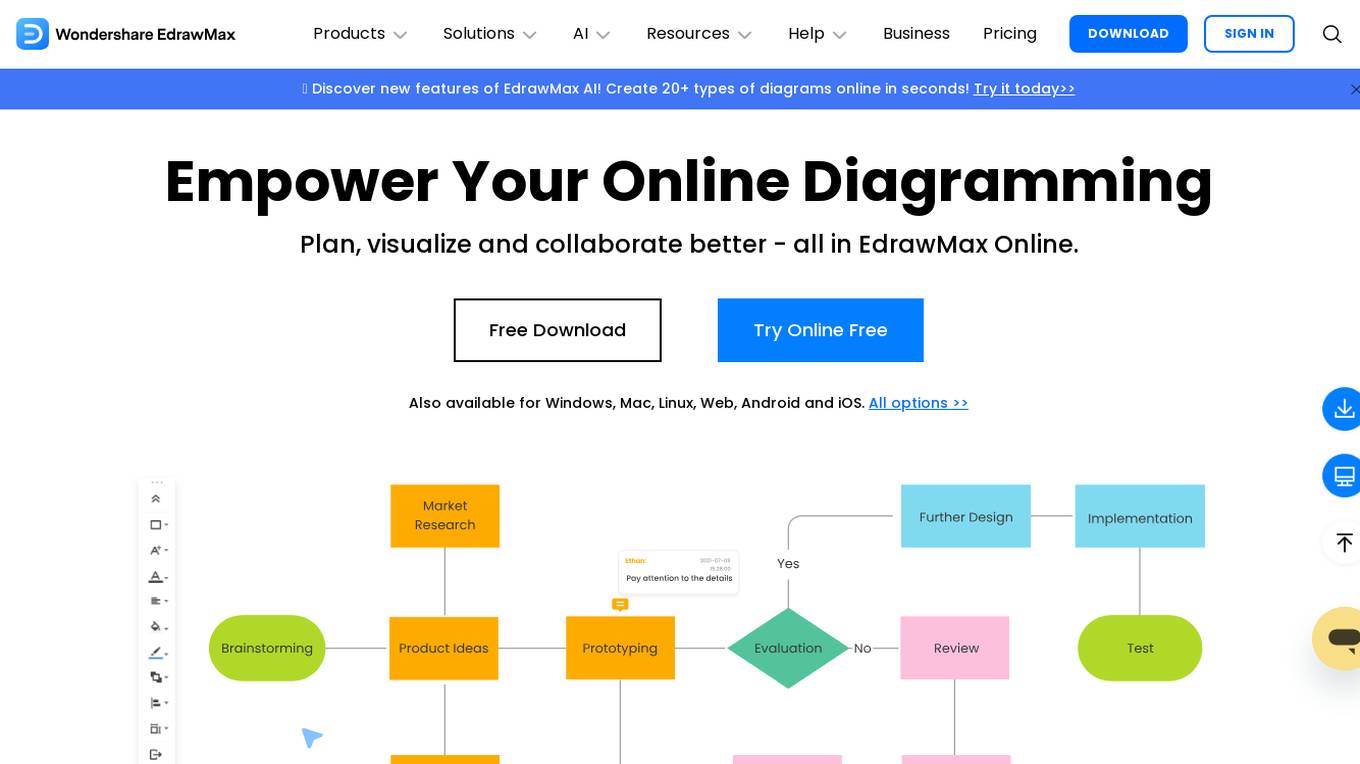
EdrawMax Online
EdrawMax Online is an all-in-one diagram maker and software product that offers a wide range of tools for creating various types of diagrams, such as flowcharts, mind maps, org charts, Gantt charts, and more. The application harnesses the power of AI to provide features like AI diagramming, AI chat, AI drawing, AI analysis, AI copywriting, and AI OCR. It enables users to plan, visualize, and collaborate effectively, offering over 210 diagram types, cloud-based teamwork collaboration, a vast template library, and seamless sharing options. EdrawMax Online is a versatile and powerful drawing tool suitable for individuals and organizations, providing professional solutions for various industries.
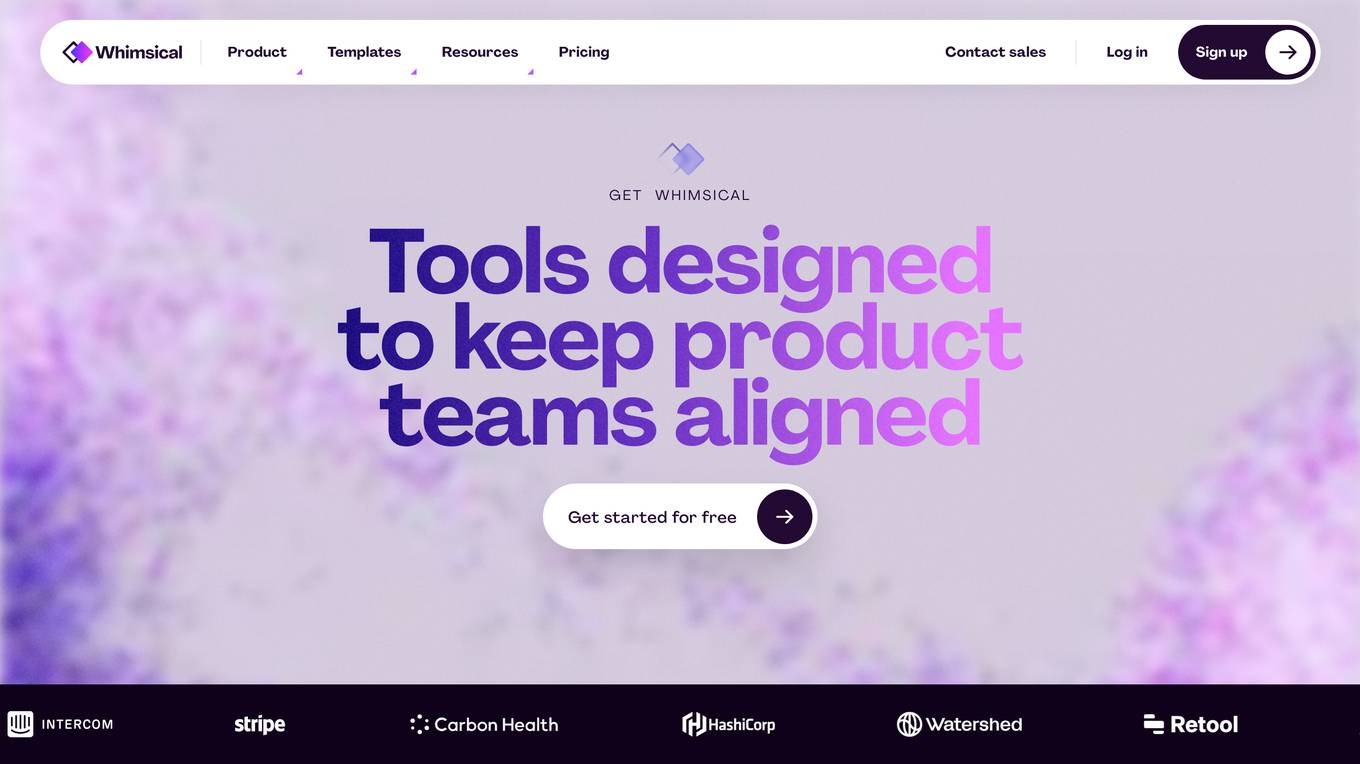
Whimsical
Whimsical is an all-in-one workspace that unites teams, tasks, and tools in one place. It offers integrated project spaces for tasks, documents, and communication, infinite canvas for diagrams and wireframes, clutter-free docs for team alignment, and mindful team communication. Whimsical helps achieve high levels of focus, productivity, and calm while maintaining a high quality of life. It is trusted by millions and provides a single shared space for ideas, docs, and projects, making work feel calm and focused.
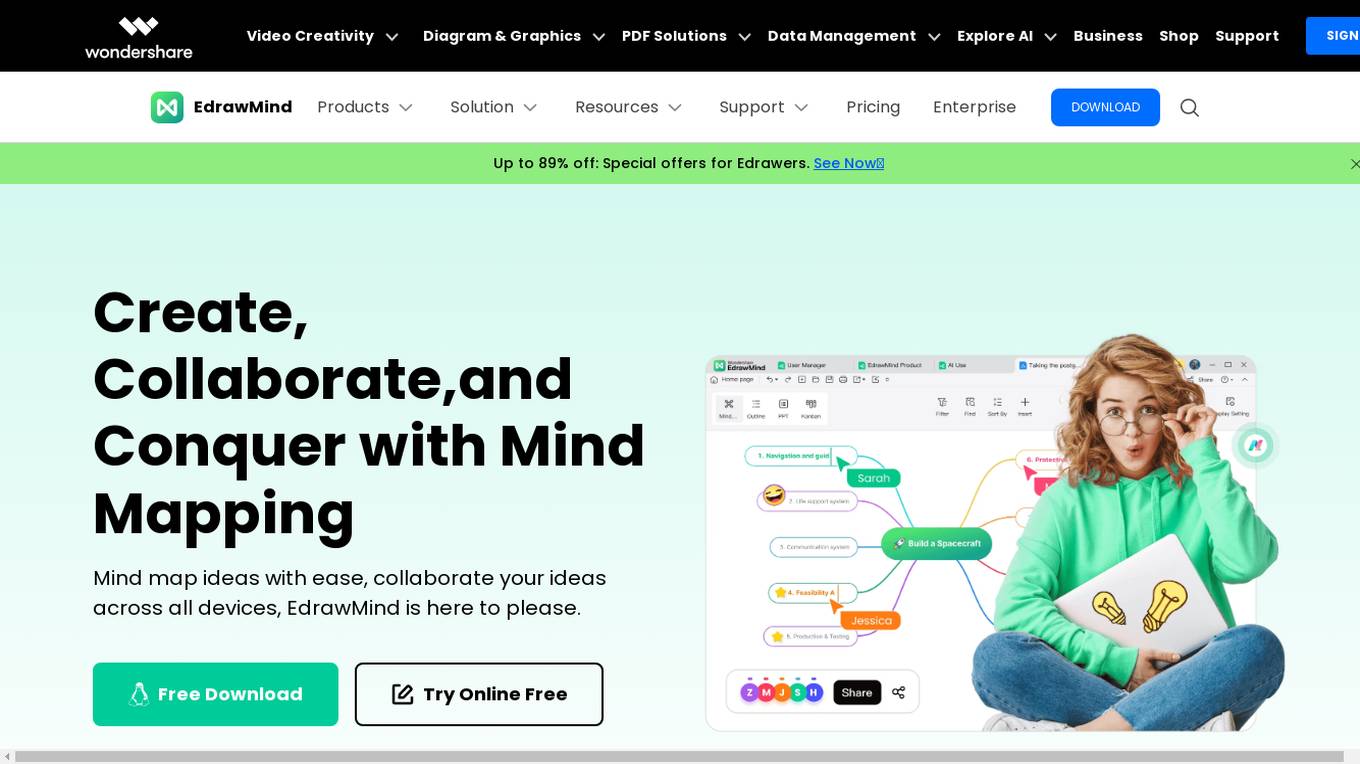
EdrawMind
EdrawMind is a mind mapping software that helps users to organize their ideas, collaborate with others, and create presentations. It offers a variety of features, including the ability to create mind maps, timelines, tree charts, and bubble maps. EdrawMind also includes a number of AI-powered features, such as AI One-Click Mind Map Creation, AI SWOT Analysis, and AI Brainstorming. These features can help users to quickly and easily create mind maps, generate creative ideas, and improve their productivity.
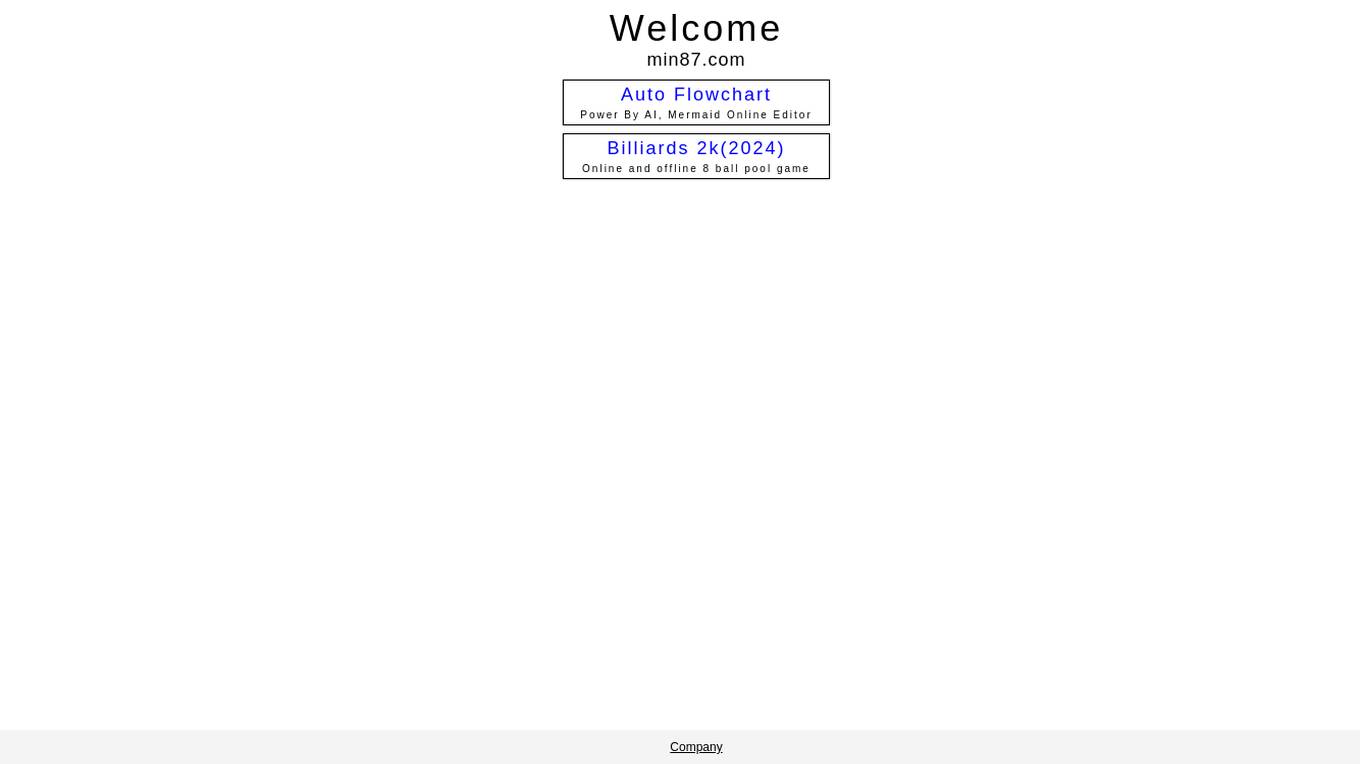
Min87
Min87 is an AI-powered website that offers various features such as Auto Flowchart and Mermaid Online Editor. It also provides an online and offline 8 ball pool game called Billiards 2k(2024). The site combines AI technology with interactive tools to enhance user experience and productivity.
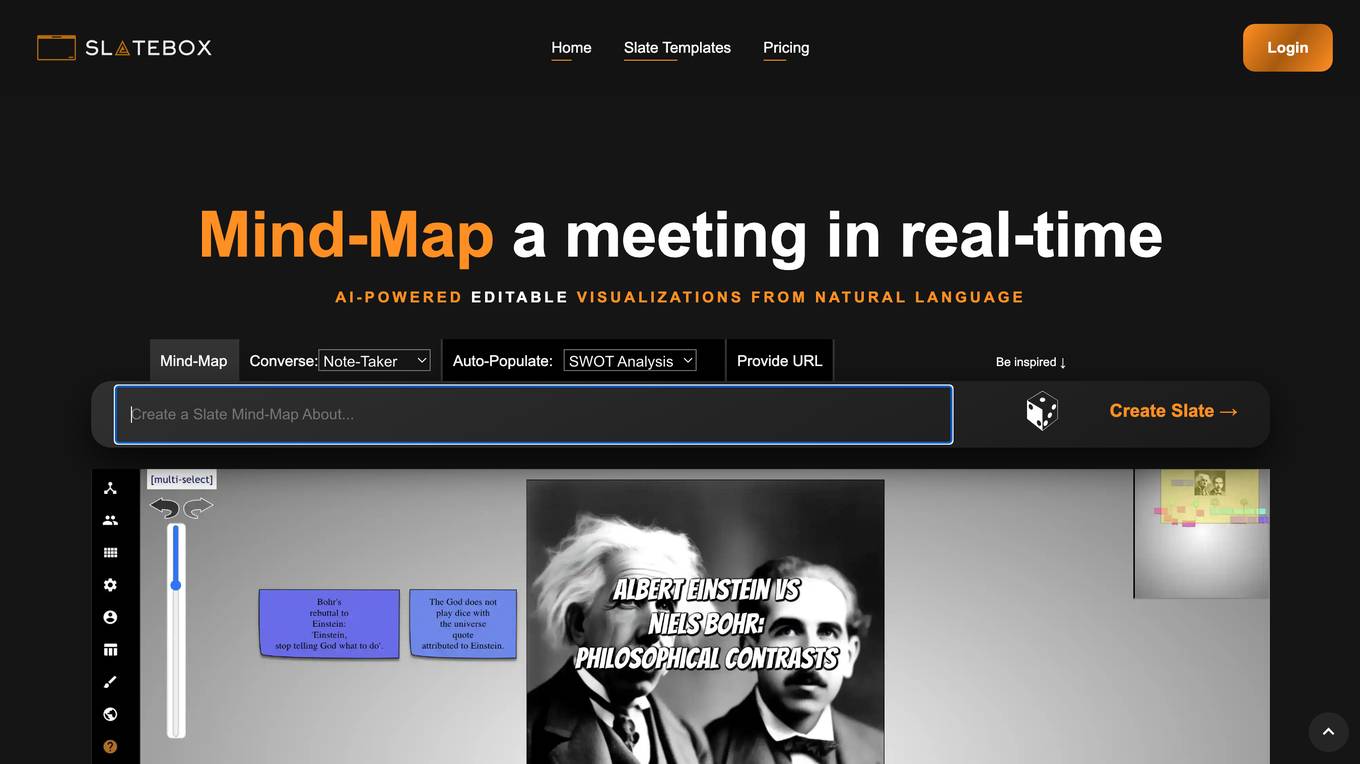
Slatebox
Slatebox is an AI-powered visualization platform that allows users to create editable visualizations from natural language. With Slatebox, users can create mind maps, flowcharts, diagrams, and more, simply by providing a text prompt or URL. Slatebox also offers a variety of templates and features to help users get started, including real-time collaboration, auto-population, and API integration.
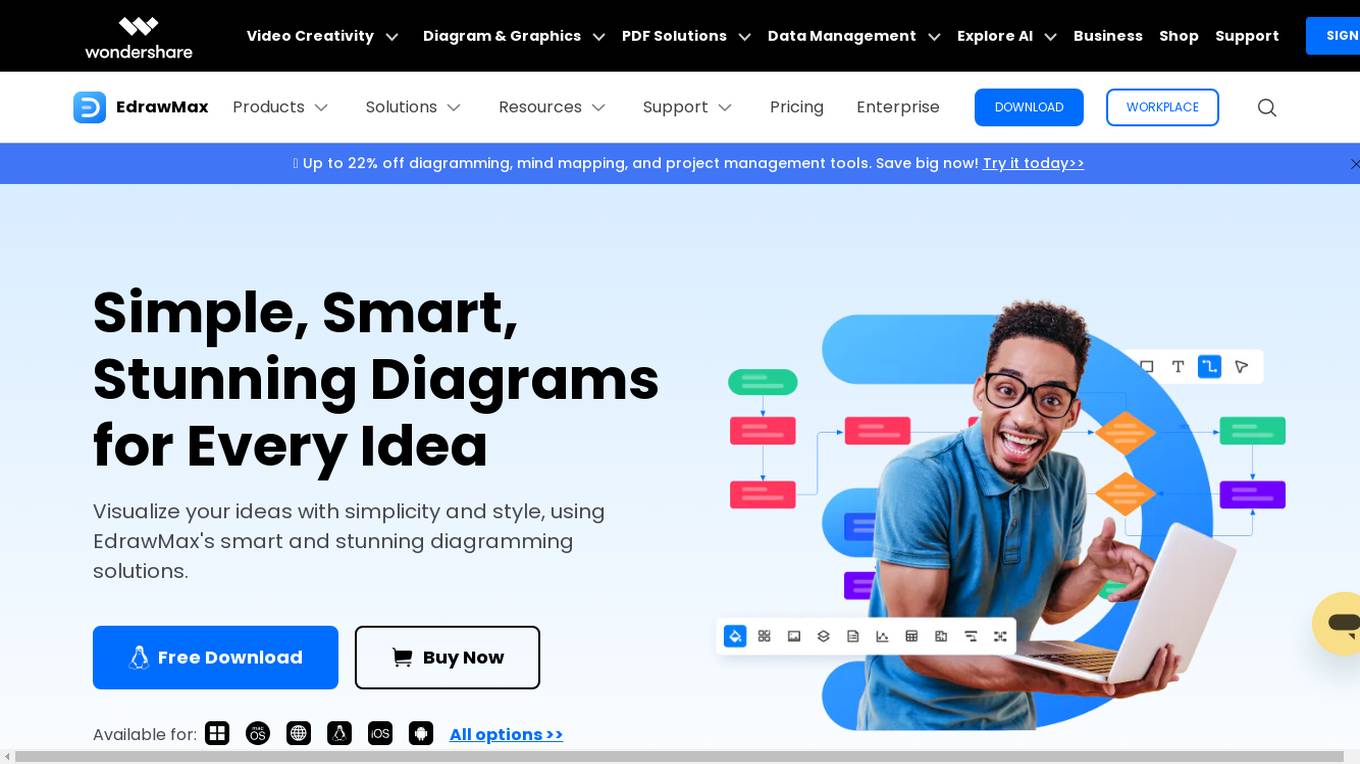
EdrawMax
EdrawMax is a diagramming software that uses AI to help users create stunning diagrams. It has a wide range of features, including smart containers, Boolean operations, a customizable symbol library, data import and export, and presentation mode. EdrawMax is available for Windows, Mac, Linux, iOS, and Android, and it offers a variety of templates to help users get started. With its powerful features and ease of use, EdrawMax is a great choice for anyone who needs to create diagrams.
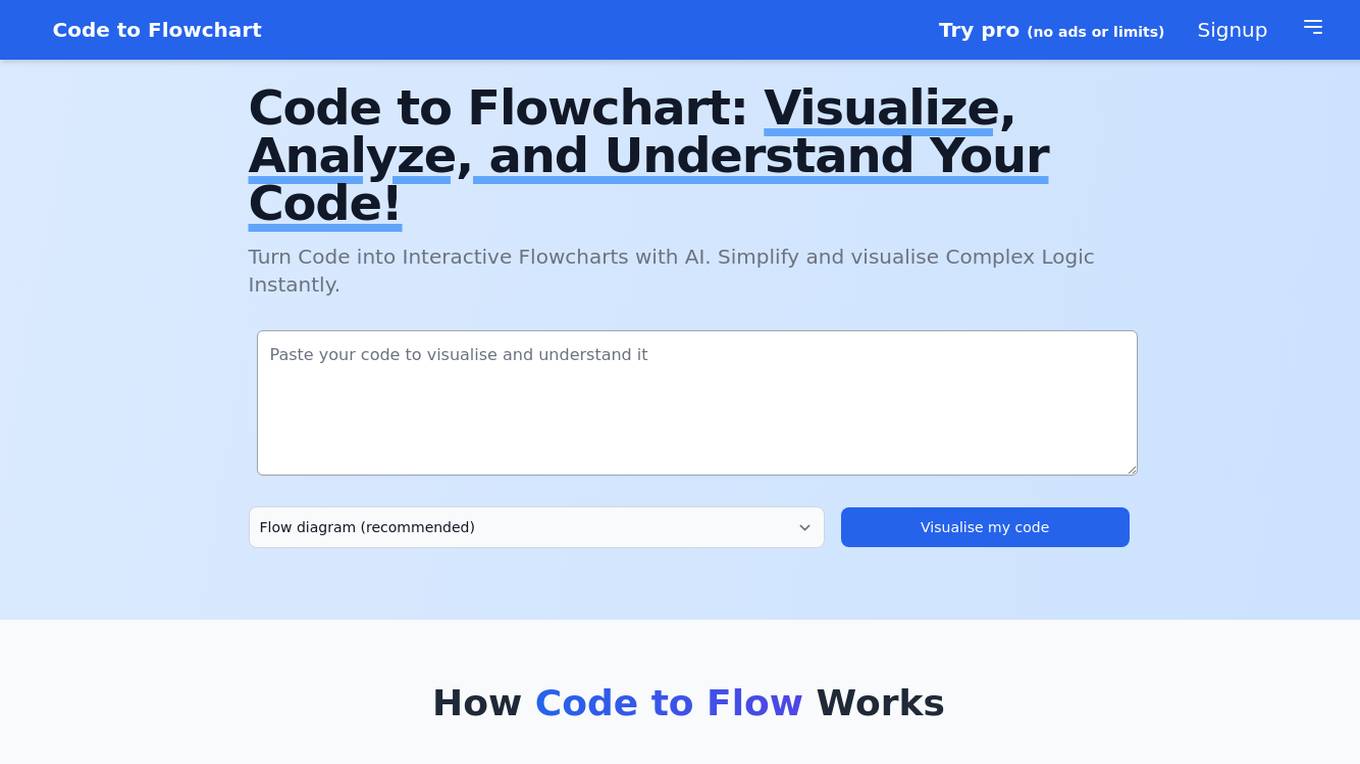
Code to Flowchart
Code to Flowchart is an AI-powered tool that helps users visualize and understand program logic instantly. It allows users to convert code into interactive flowcharts with the help of AI analysis. The tool supports all major programming languages, identifies code paths and logic flows, and offers multiple visualization options like flowcharts, sequence diagrams, and class diagrams. Users can export diagrams in various formats and customize color schemes and themes. Code to Flowchart aims to simplify complex code structures and enhance collaboration among developers.
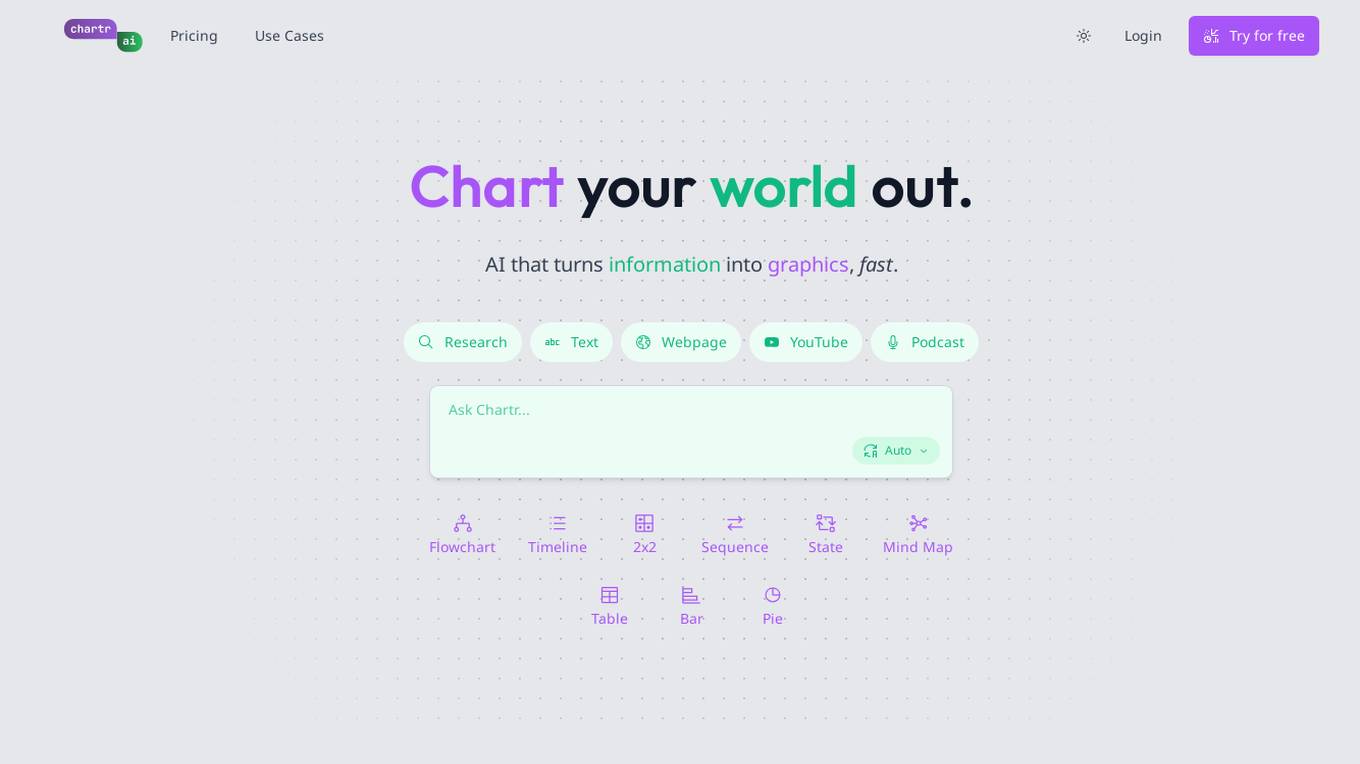
Chartr
Chartr is an AI tool that quickly transforms information into graphics. It offers a user-friendly platform where users can easily create various types of visual representations such as flowcharts, timelines, mind maps, tables, and more. Chartr aims to simplify the process of visualizing data and making it more engaging and understandable for users across different industries.
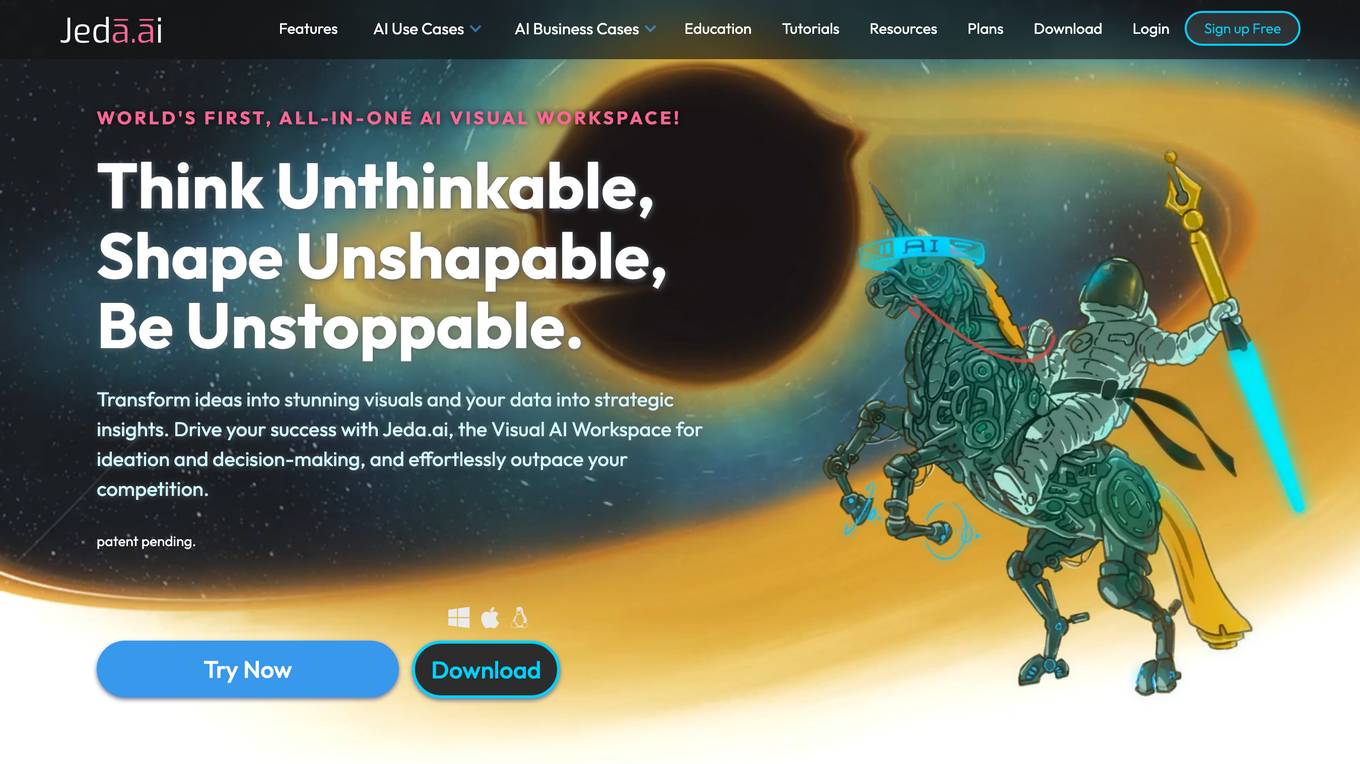
Jeda.ai
Jeda.ai is a generative AI workspace that allows users to create, visualize, and analyze data in a collaborative environment. It offers a variety of features, including AI template analysis, AI mind map diagrams, AI flowchart diagrams, AI wireframe, AI text writer, AI sticky notes, AI art, AI vision and transform, AI data analysis, AI document analysis, and AI business cases. Jeda.ai is designed to help users improve their productivity and make better decisions.
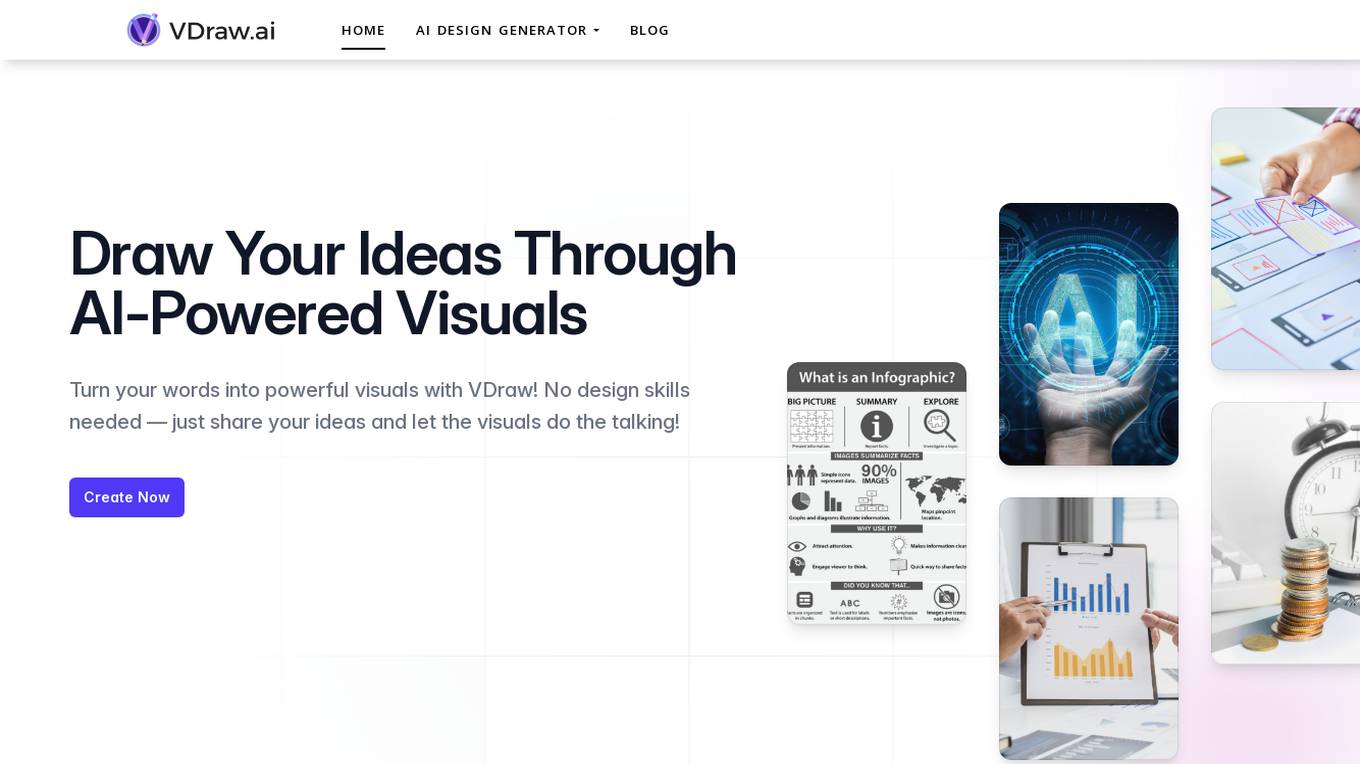
VDraw
VDraw is an AI-powered visual design tool that allows users to turn their ideas and text into stunning infographics, flowcharts, and designs without the need for advanced design skills. With VDraw, users can create professional visuals quickly and easily, personalize their designs with various fonts, colors, and icons, and share their creations on social media or embed them in blogs and websites. The tool leverages smart AI technology to automate the design process, making it accessible to users of all skill levels.
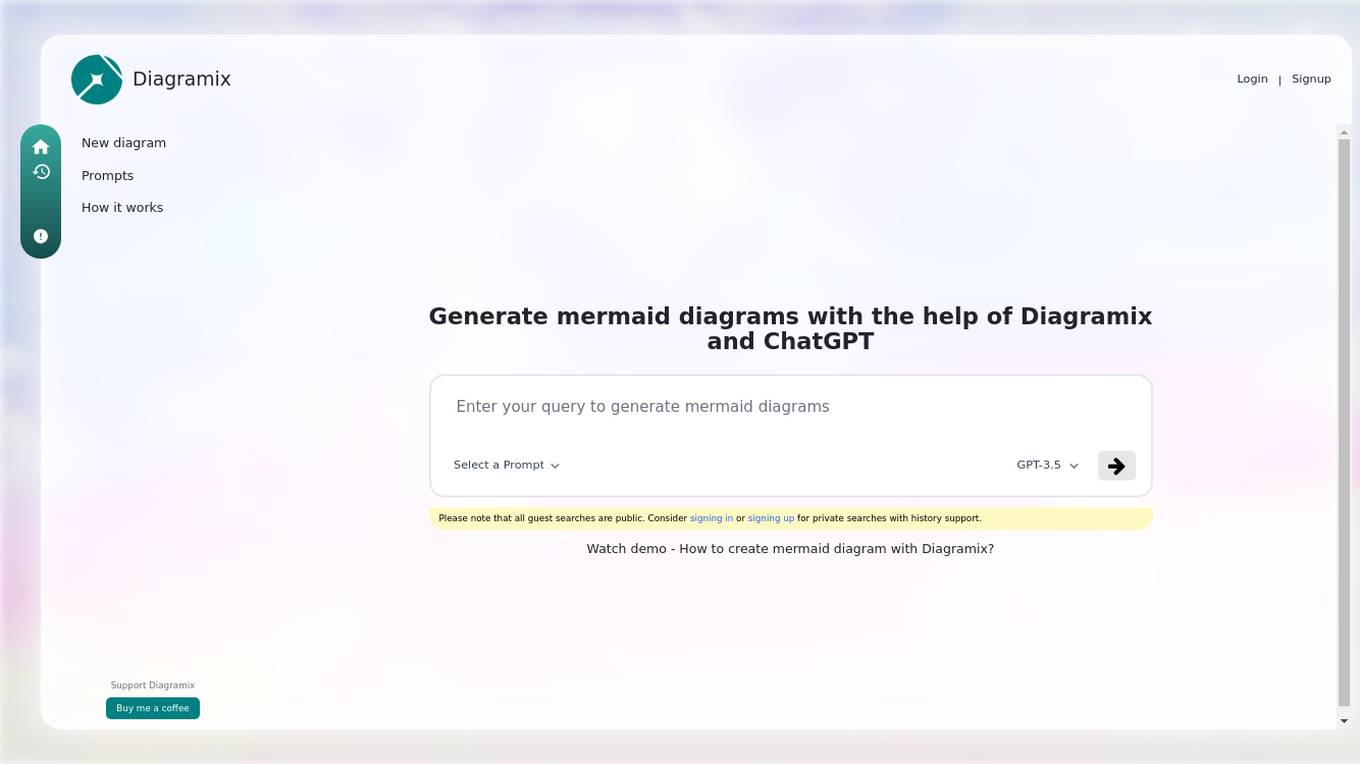
Diagramix
Diagramix is an AI-powered tool that allows users to generate various types of diagrams, such as sequence diagrams, flowcharts, state diagrams, ER diagrams, user journey diagrams, class diagrams, mind maps, and use case diagrams. Users can create these diagrams easily and efficiently with the help of Diagramix and ChatGPT. The tool provides a user-friendly interface for creating visual representations of complex systems and processes, making it ideal for professionals, students, and anyone who needs to visualize information.
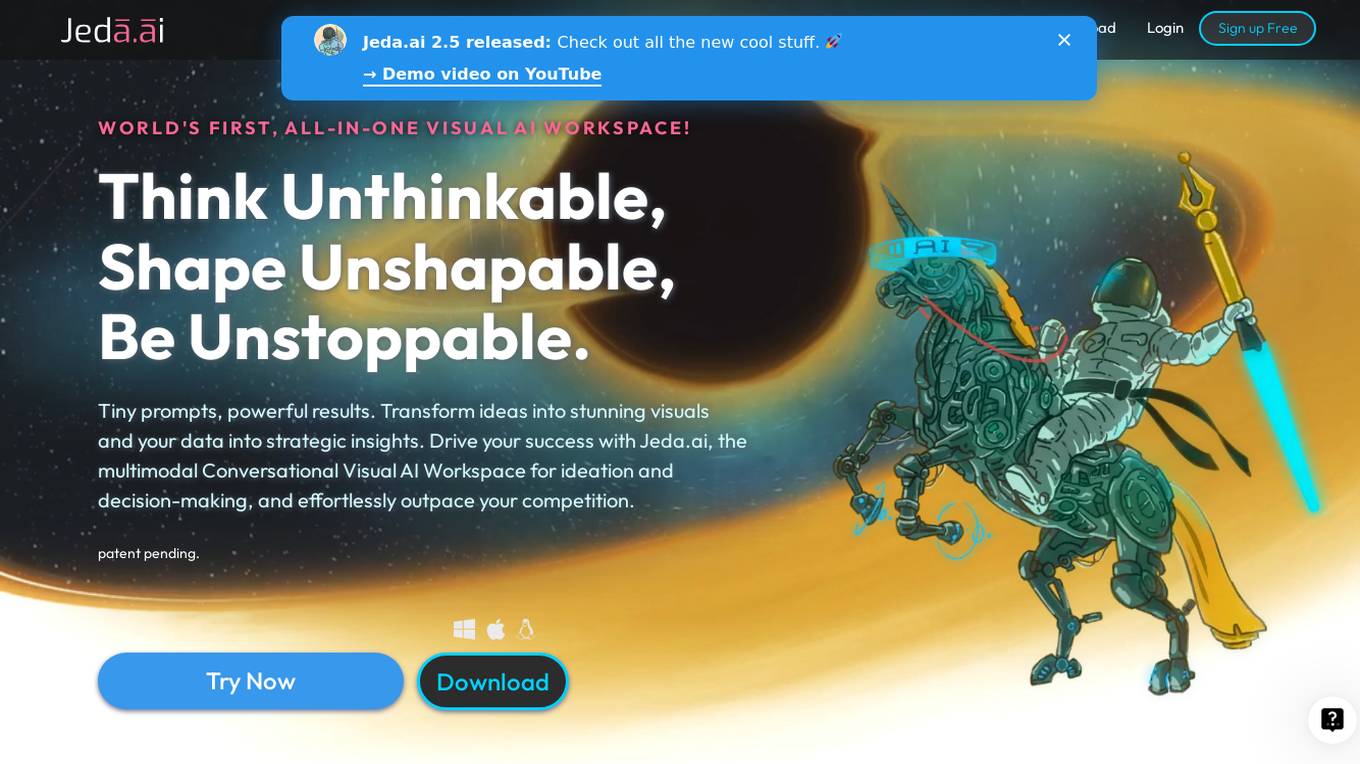
Jeda.ai
Jeda.ai is a cutting-edge AI application that offers a Visual AI Workspace for ideation and decision-making. It provides a platform for users to visualize, collaborate, and innovate using various AI tools like AI Template Analysis, AI Note Taking, AI Mind Map Diagrams, AI Flowchart Diagrams, AI Wireframe, AI Text Writer, AI Sticky Notes, AI Art, AI Vision, and Transform. The application caters to a wide range of business cases, including Leadership & Business Development, Product Management, Marketing, Sales, User Experience & Product Design, Design, Human Resources, Retrospective Analysis, Engineering, and Software Development. Jeda.ai aims to transform ideas into stunning visuals and data into strategic insights, helping users drive success and outpace their competition.
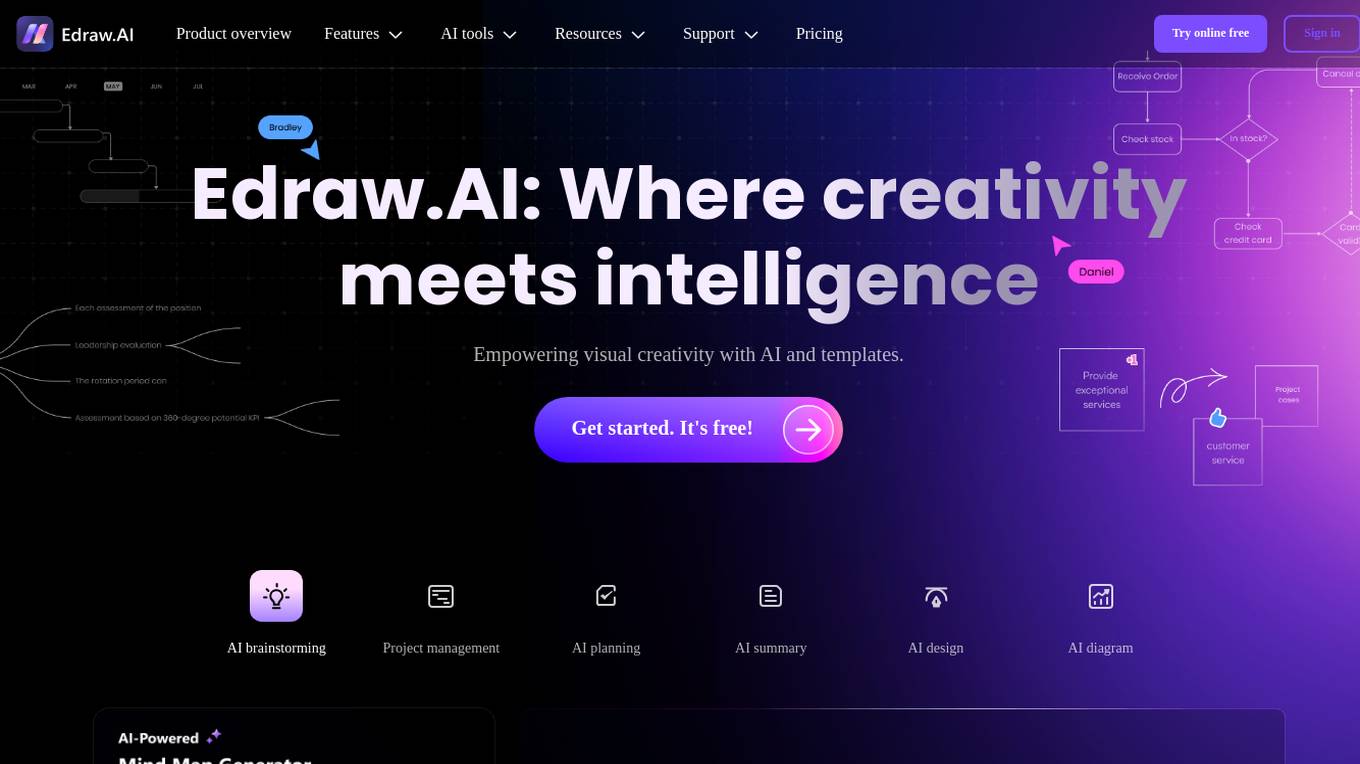
Edraw.AI
Edraw.AI is an AI-powered visual collaboration platform that empowers users to create various types of content including diagrams, charts, and presentations in seconds. It offers a wide range of features such as flowchart maker, mind map maker, org chart maker, and more. With a beginner-friendly interface and vast resources, Edraw.AI enables real-time collaboration and teamwork without the need for downloads. It caters to different industries like project management, research, engineering, marketing, consulting, education, and IT, providing tools for enhanced visualization, planning, and communication.
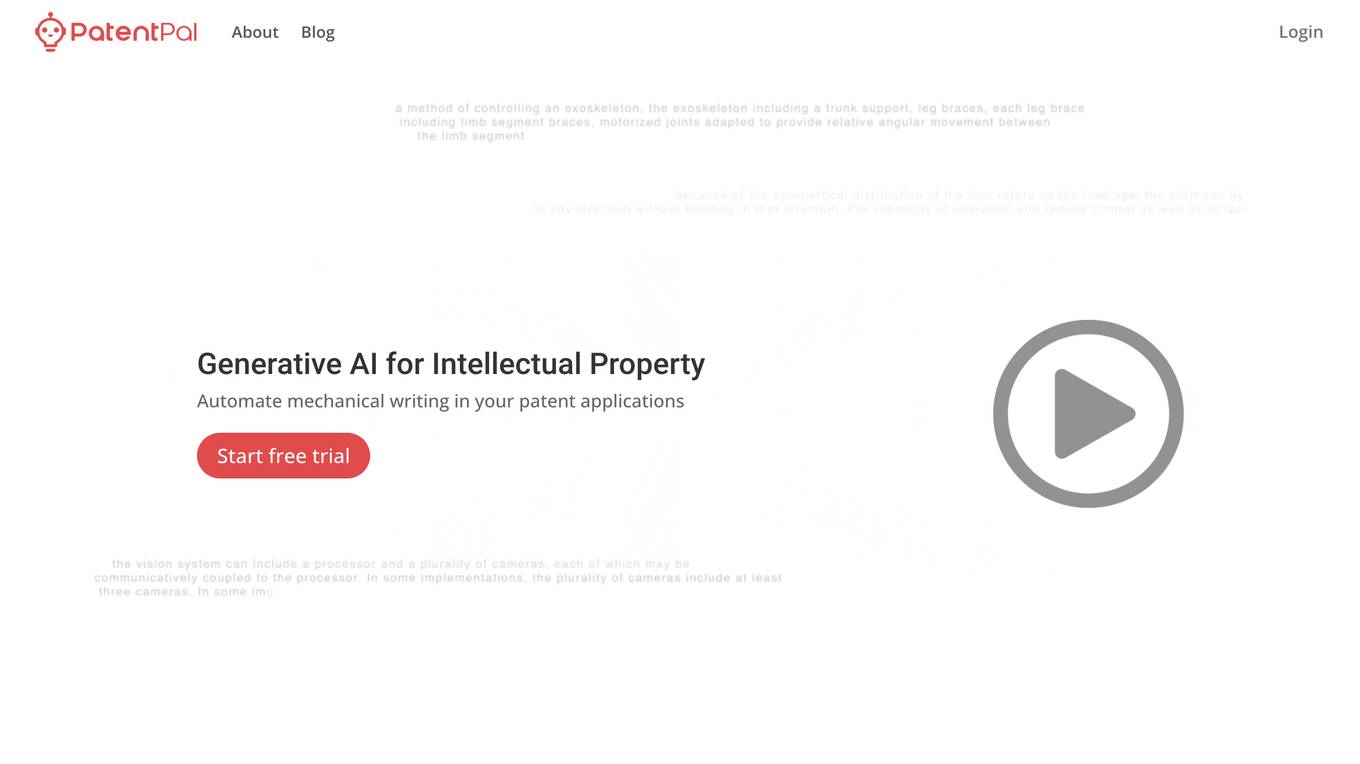
PatentPal
PatentPal is an AI tool designed for automating mechanical writing in patent applications. It allows users to input their claims by dropping a document into the browser, generate specifications and figures with one click, and export drafts into Word and Visio or PowerPoint. The tool generates flowcharts for methods, block diagrams for systems and devices, detailed descriptions of figures, abstracts, and summaries to support all claims. Users can customize generated phrases, create multiple profiles, and switch between them instantly. PatentPal simplifies the patent application process by leveraging generative AI technology.
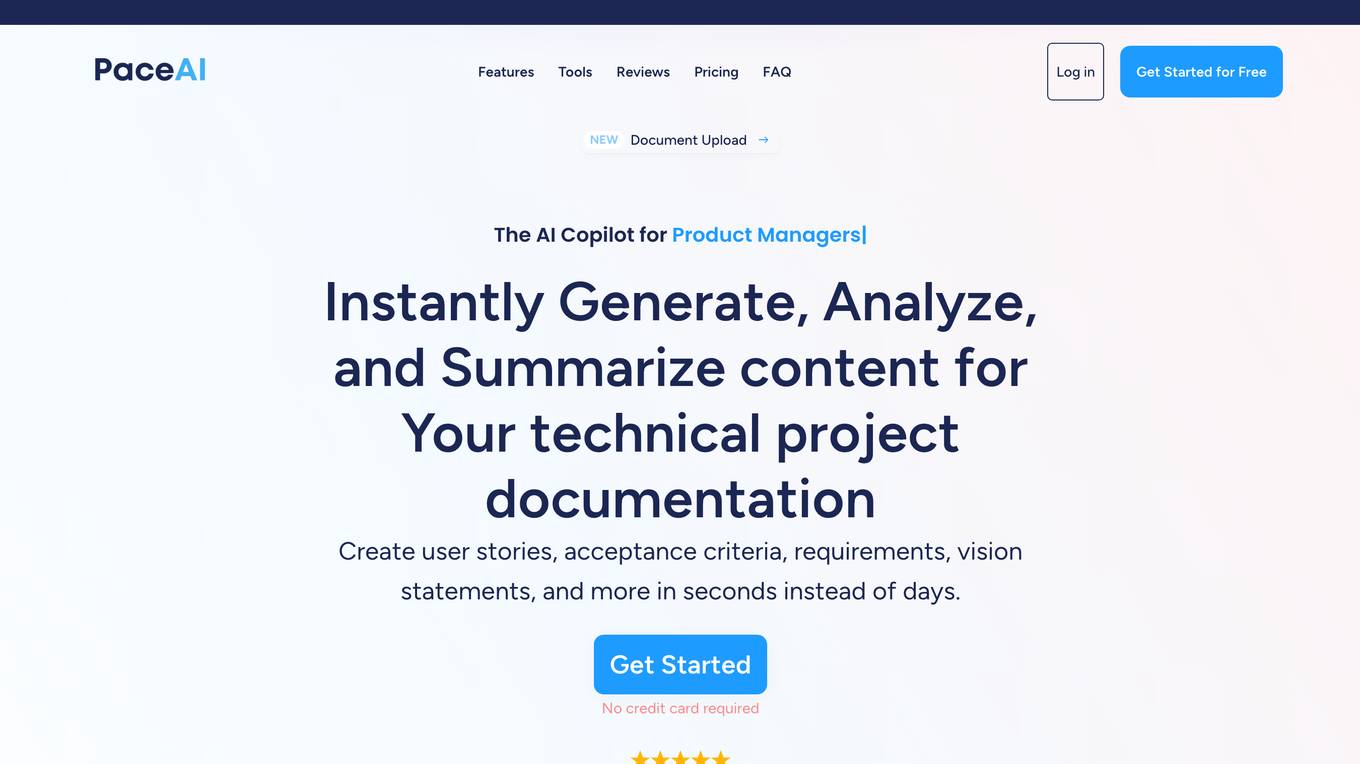
PaceAI
PaceAI is an AI assistant designed for IT professionals to generate, analyze, and simplify software documentation on IT projects. It uses advanced generative AI models to understand the user's vision, analyze requirements, and automatically generate clear, concise software documentation tailored to the specific IT project. With 35+ powerful AI tools, PaceAI assists in every phase of the project, from planning to deployment.
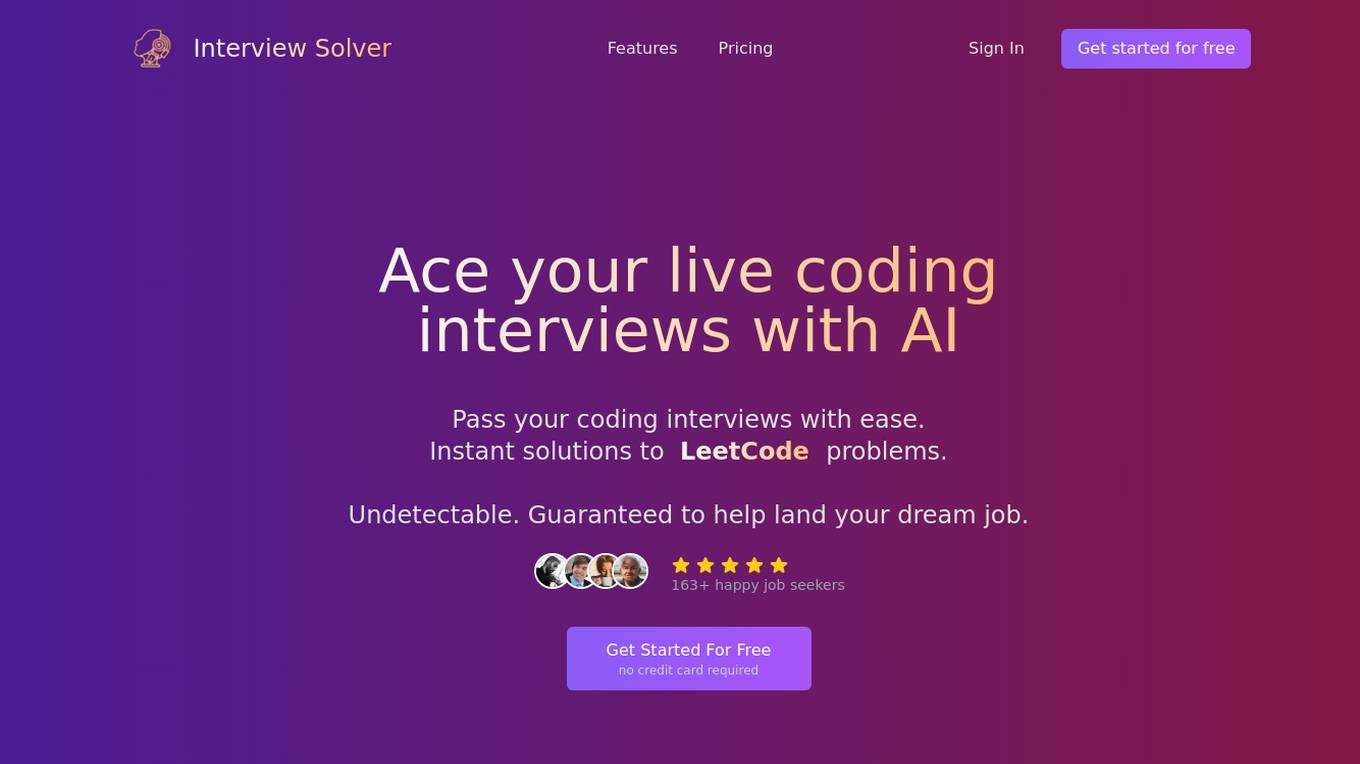
Interview Solver
Interview Solver is a desktop application that acts as your copilot during coding interviews, providing instant solutions to LeetCode problems and system design questions. It features screengrabbing capabilities, one-shot solutions, query selected text functionality, global hotkeys, and syntax highlighting for all major languages. Interview Solver is designed to give you an AI advantage during live interviews, helping you land your dream job.
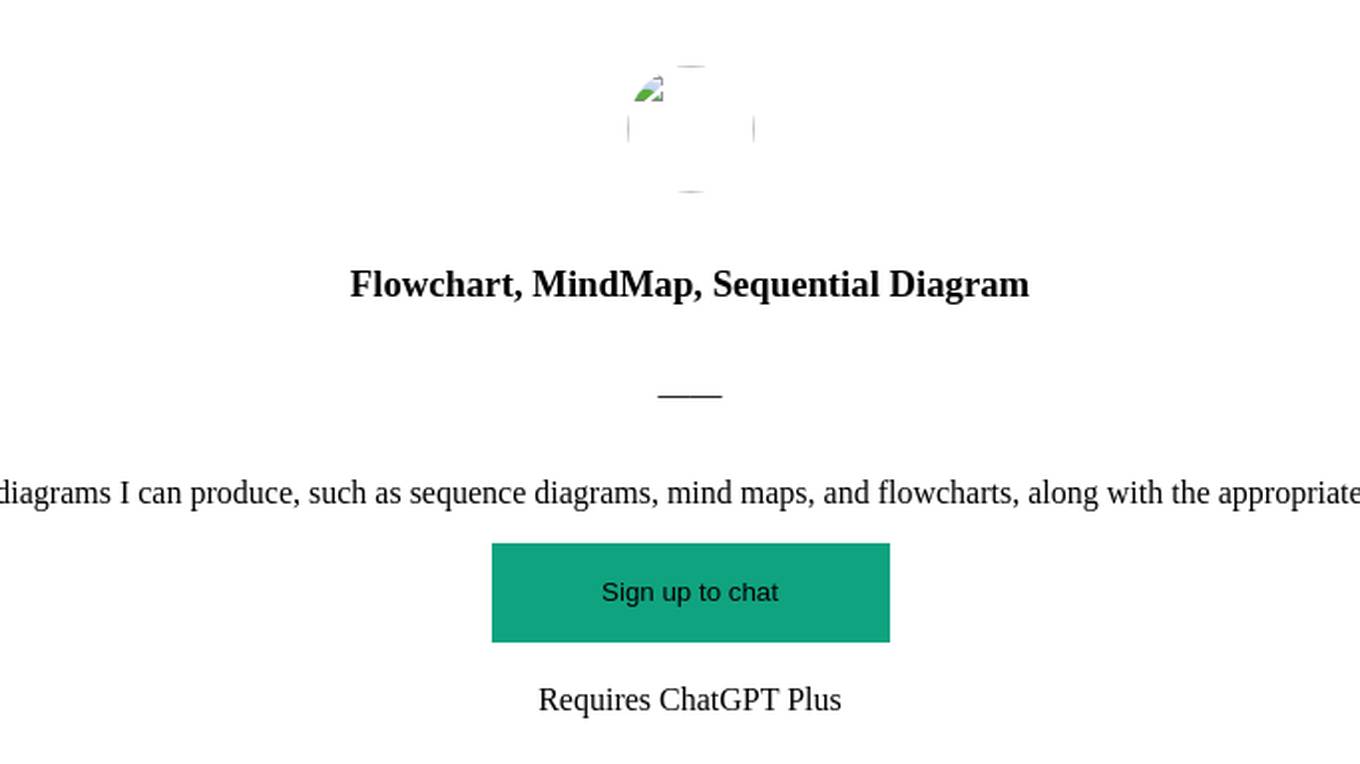
Flowchart, MindMap, Sequential Diagram
The specific types of diagrams I can produce, such as sequence diagrams, mind maps, and flowcharts, along with the appropriate contexts for each type.
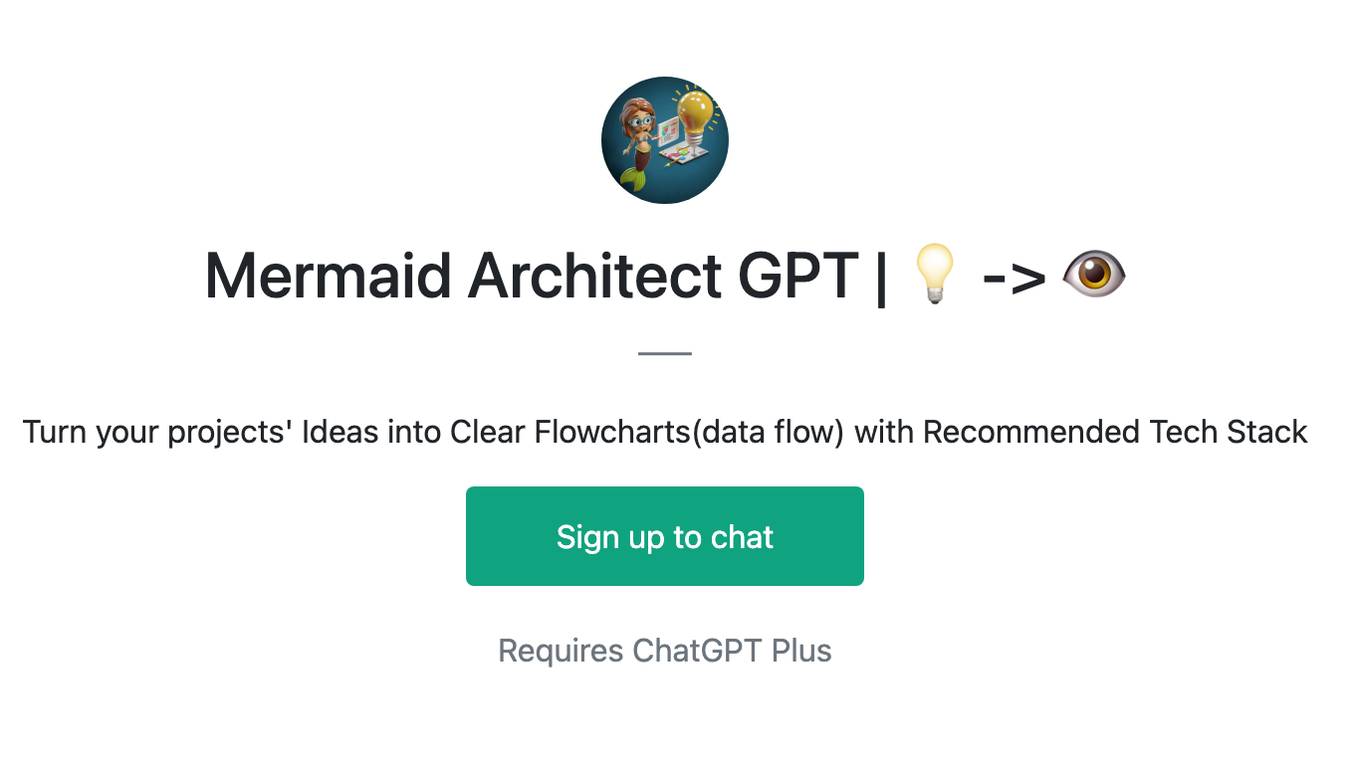
Mermaid Architect GPT | 💡 -> 👁
Turn your projects' Ideas into Clear Flowcharts(data flow) with Recommended Tech Stack
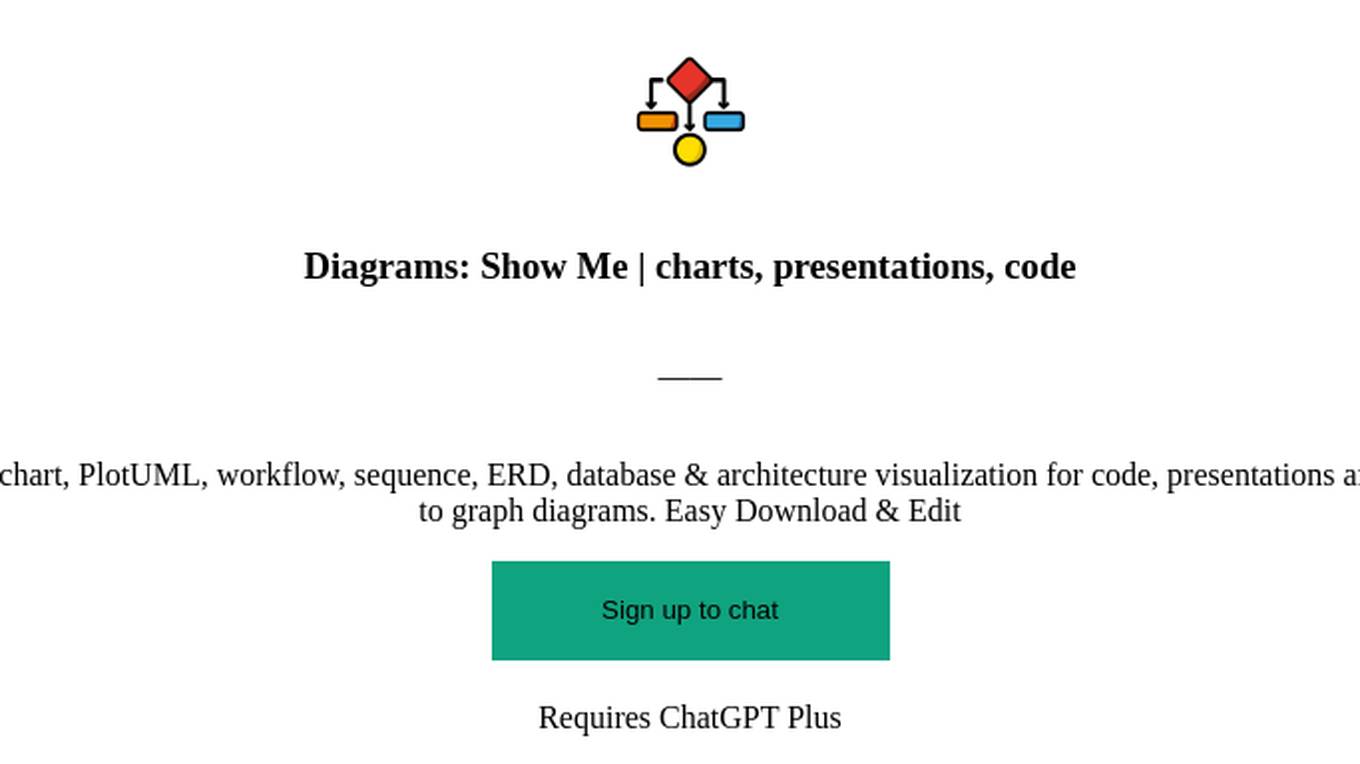
Diagrams: Show Me | charts, presentations, code
Diagram creation: flowcharts, mindmaps, UML, chart, PlotUML, workflow, sequence, ERD, database & architecture visualization for code, presentations and documentation. [New] Add a logo or any image to graph diagrams. Easy Download & Edit
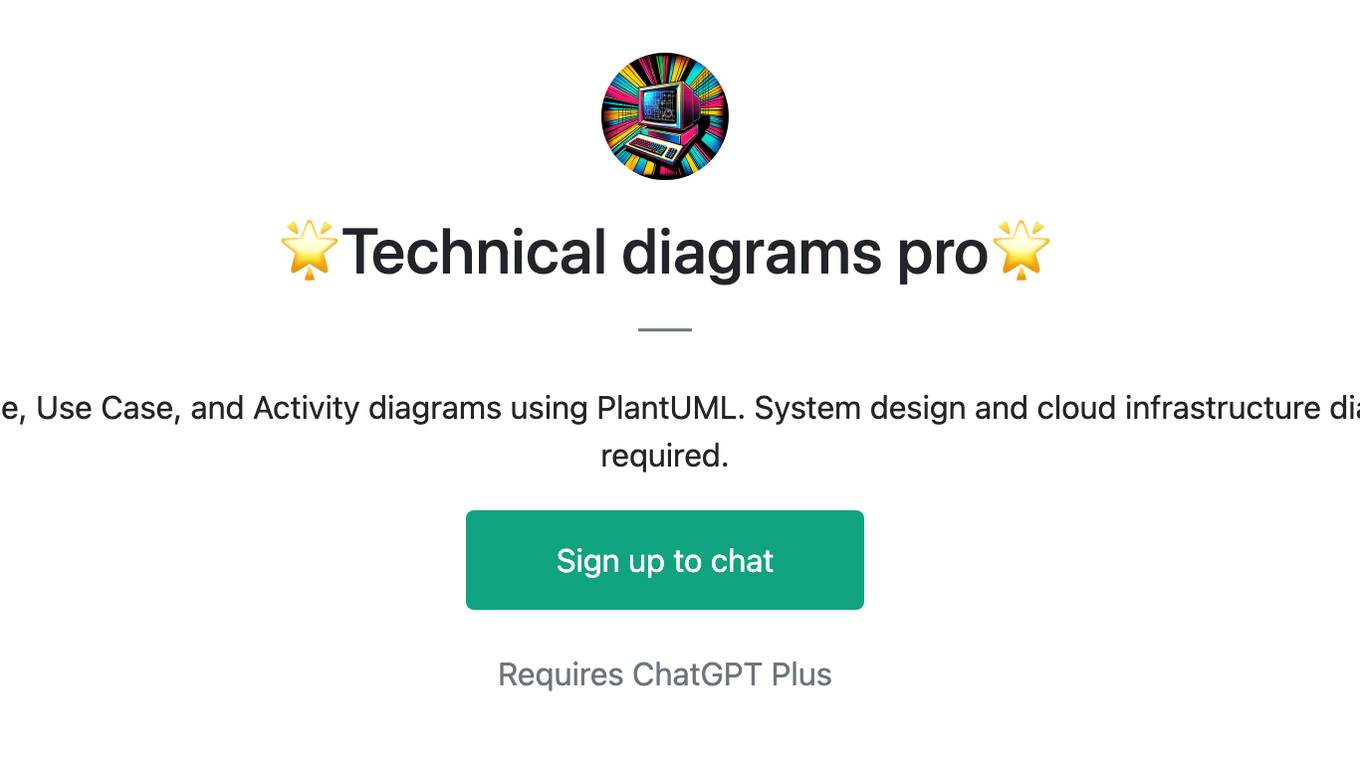
🌟Technical diagrams pro🌟
Create UML for flowcharts, Class, Sequence, Use Case, and Activity diagrams using PlantUML. System design and cloud infrastructure diagrams for AWS, Azue and GCP. No login required.
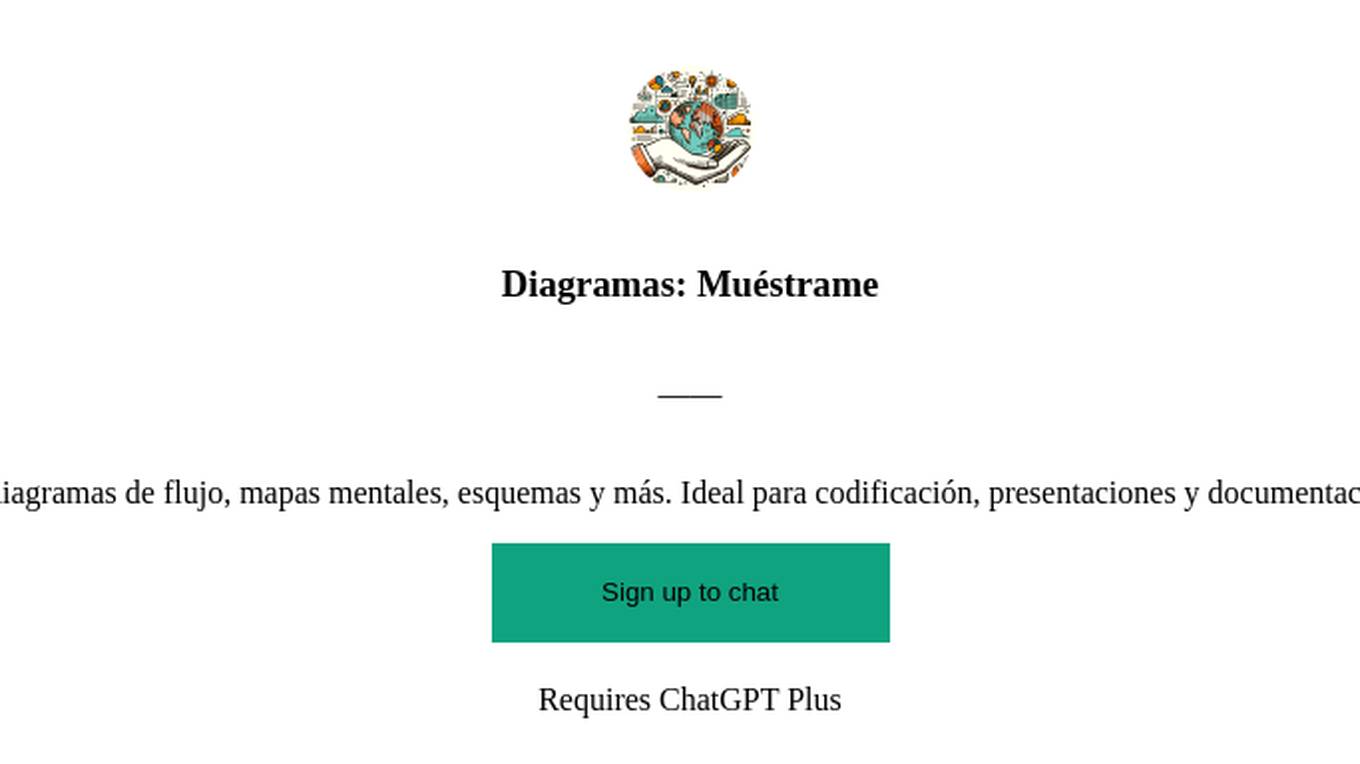
Diagramas: Muéstrame
Cree diagramas, visualizaciones de arquitectura, diagramas de flujo, mapas mentales, esquemas y más. Ideal para codificación, presentaciones y documentación de códigos. ¡Exporta y edita tu diagrama gratis!
